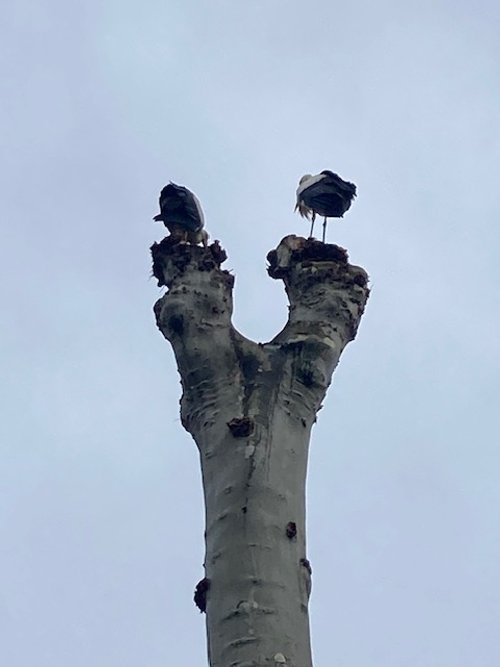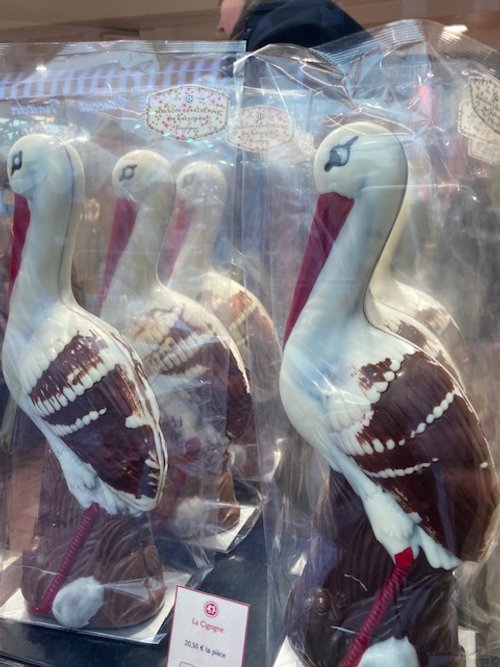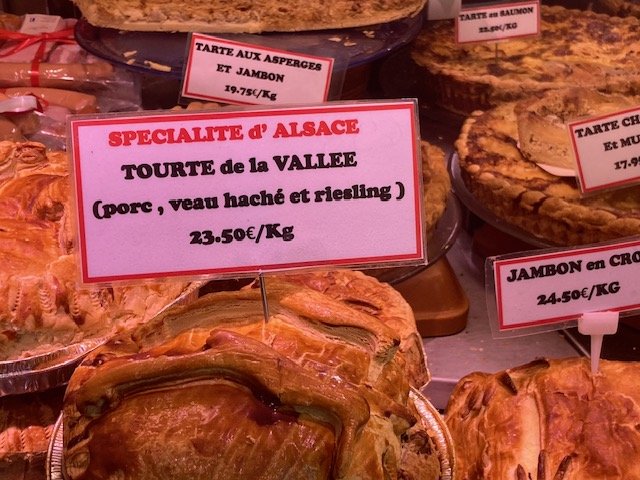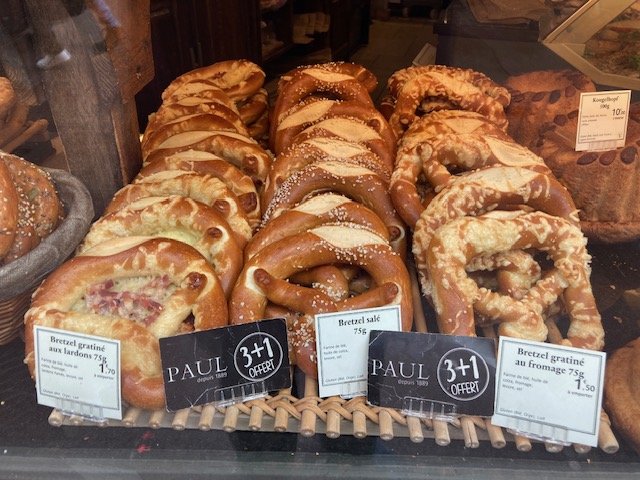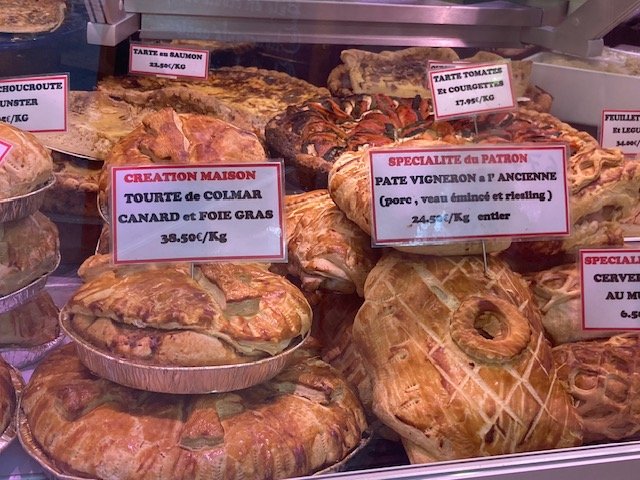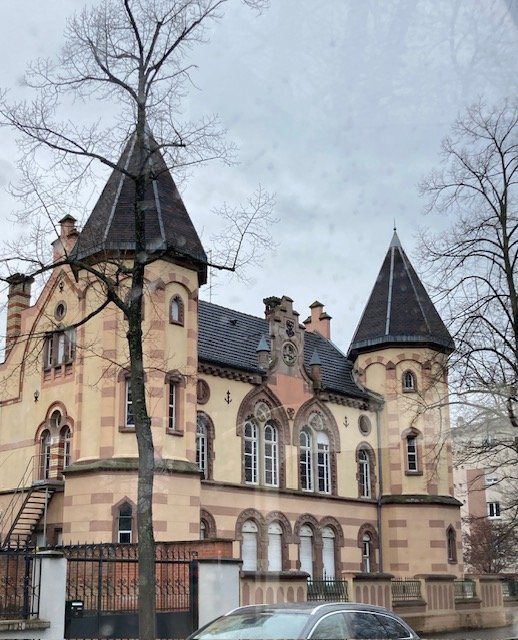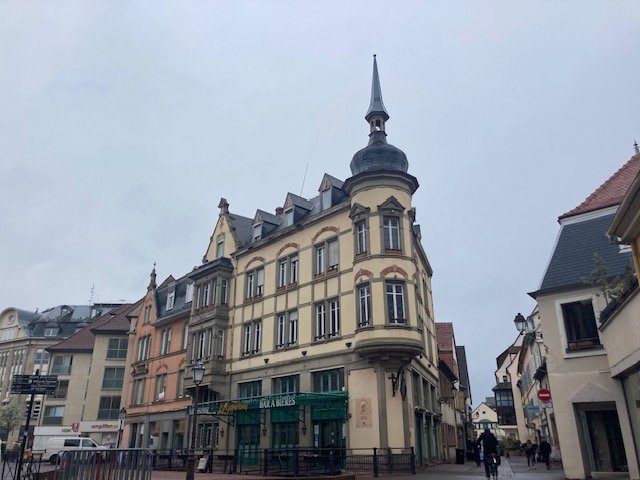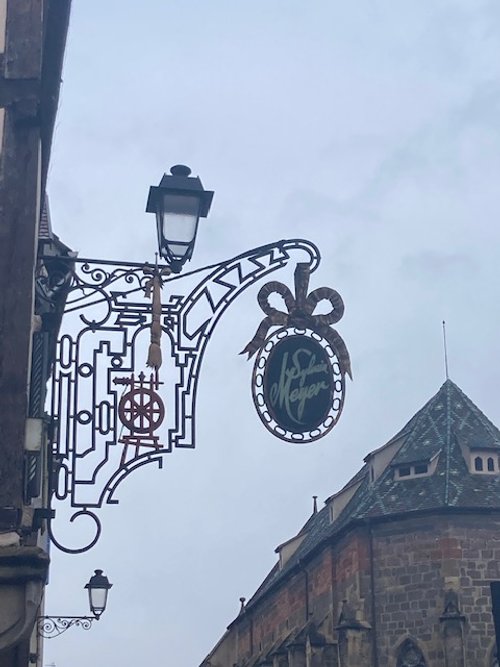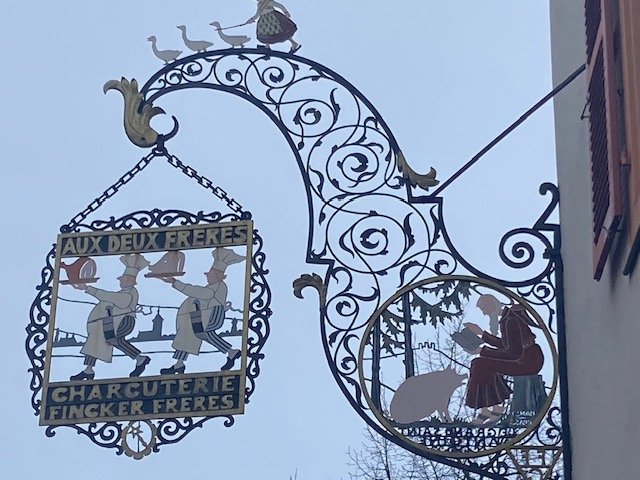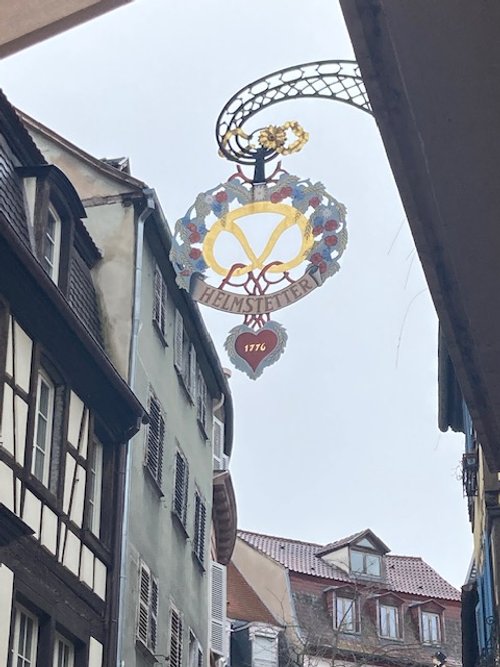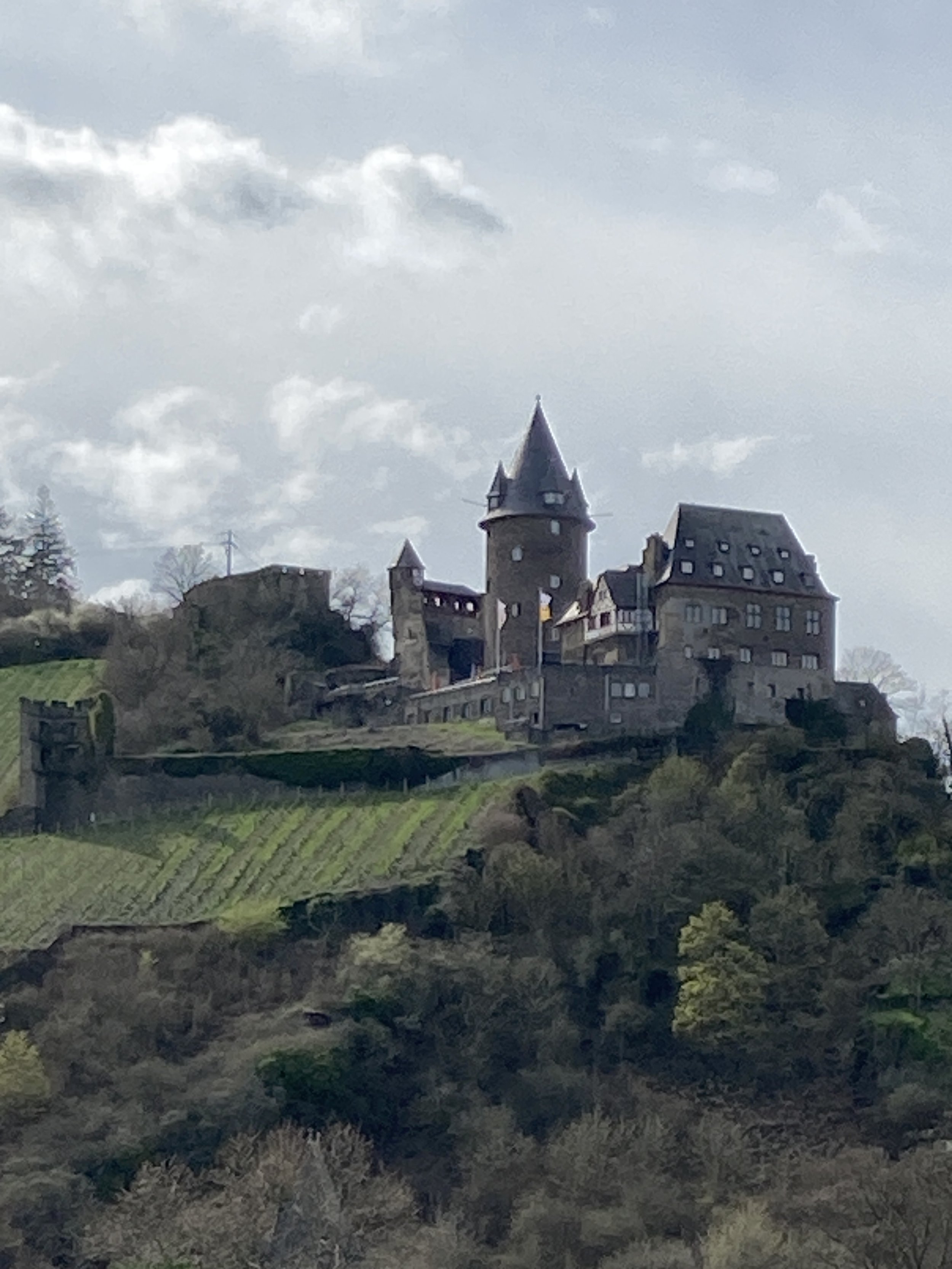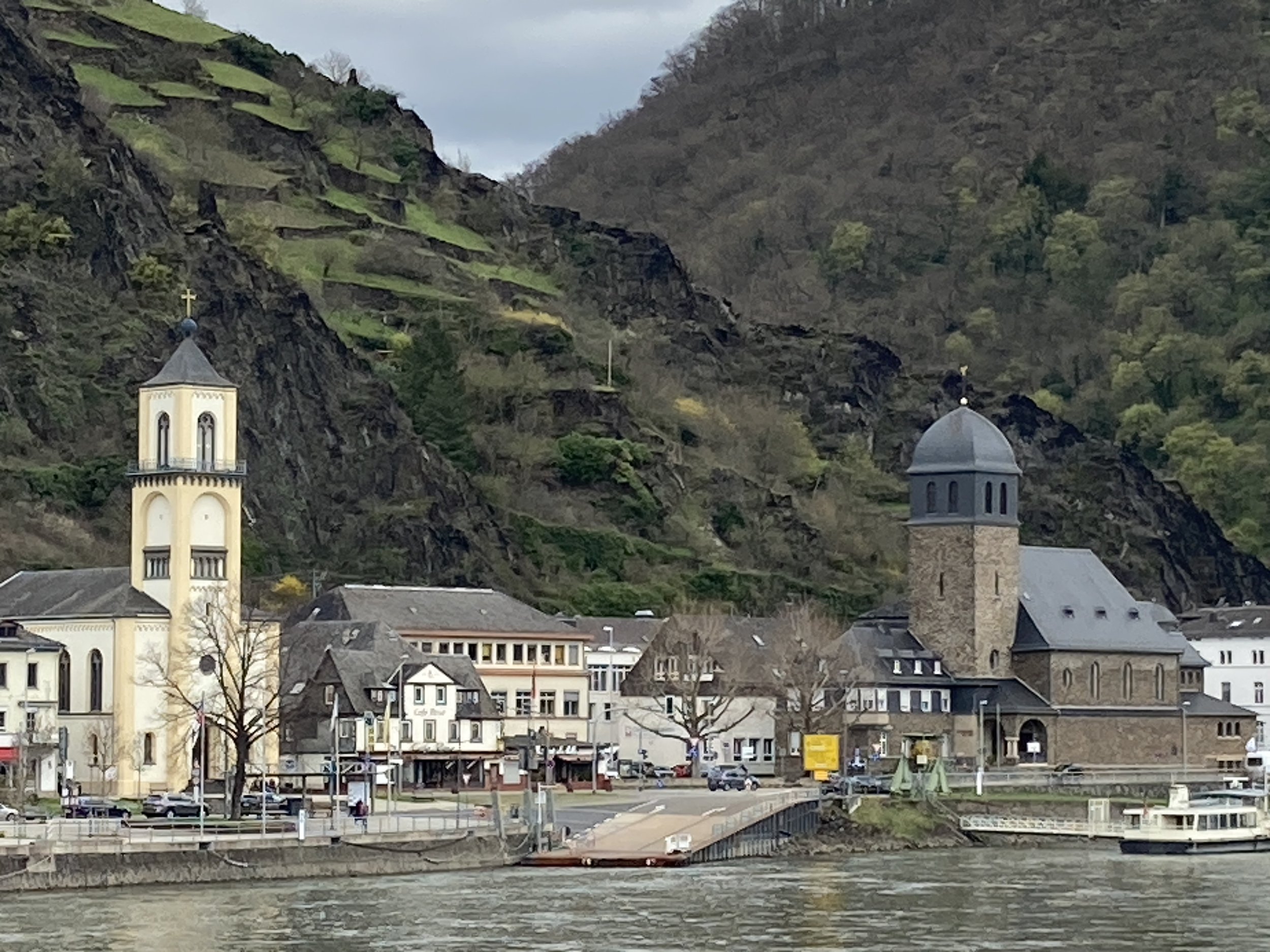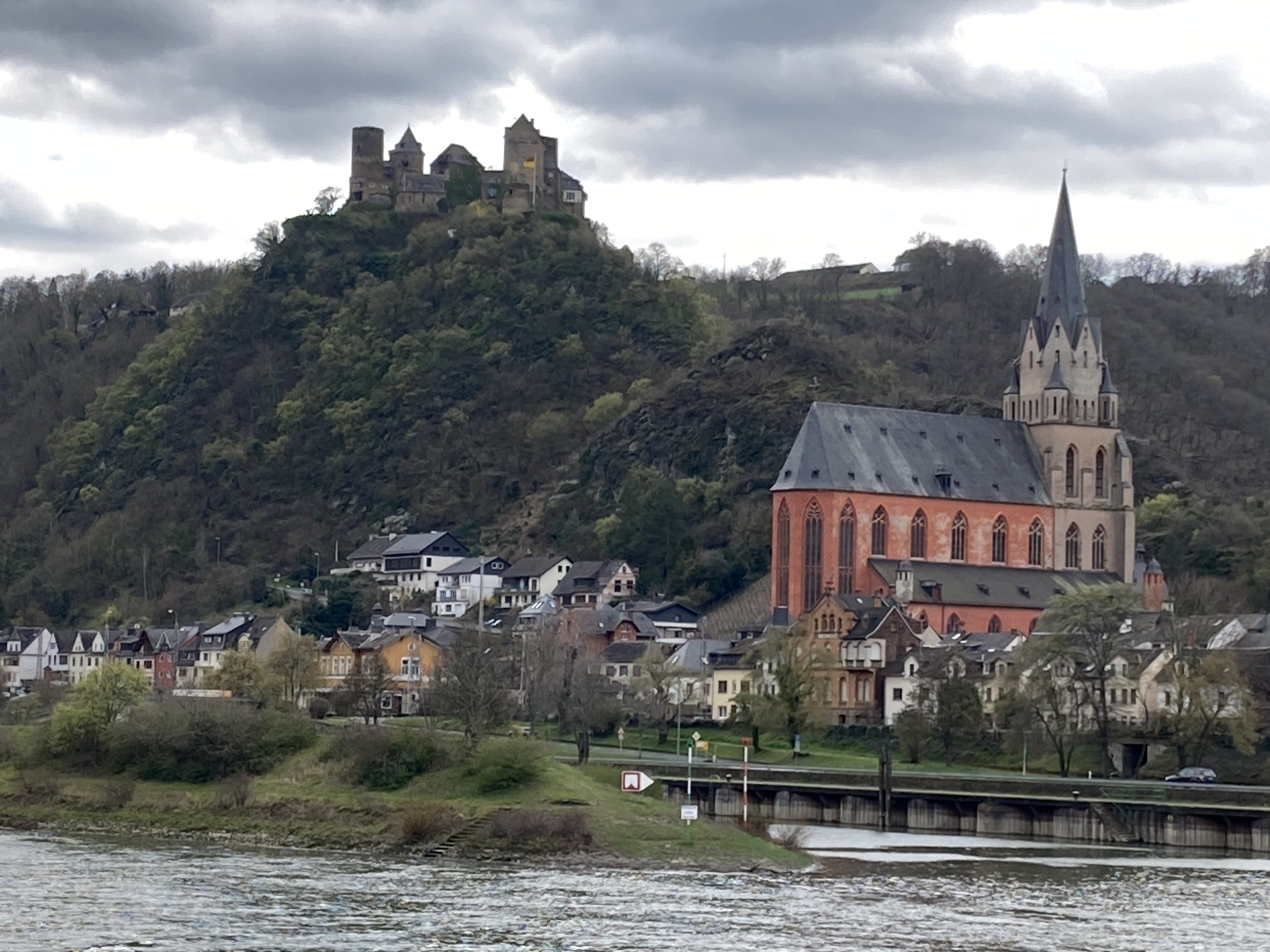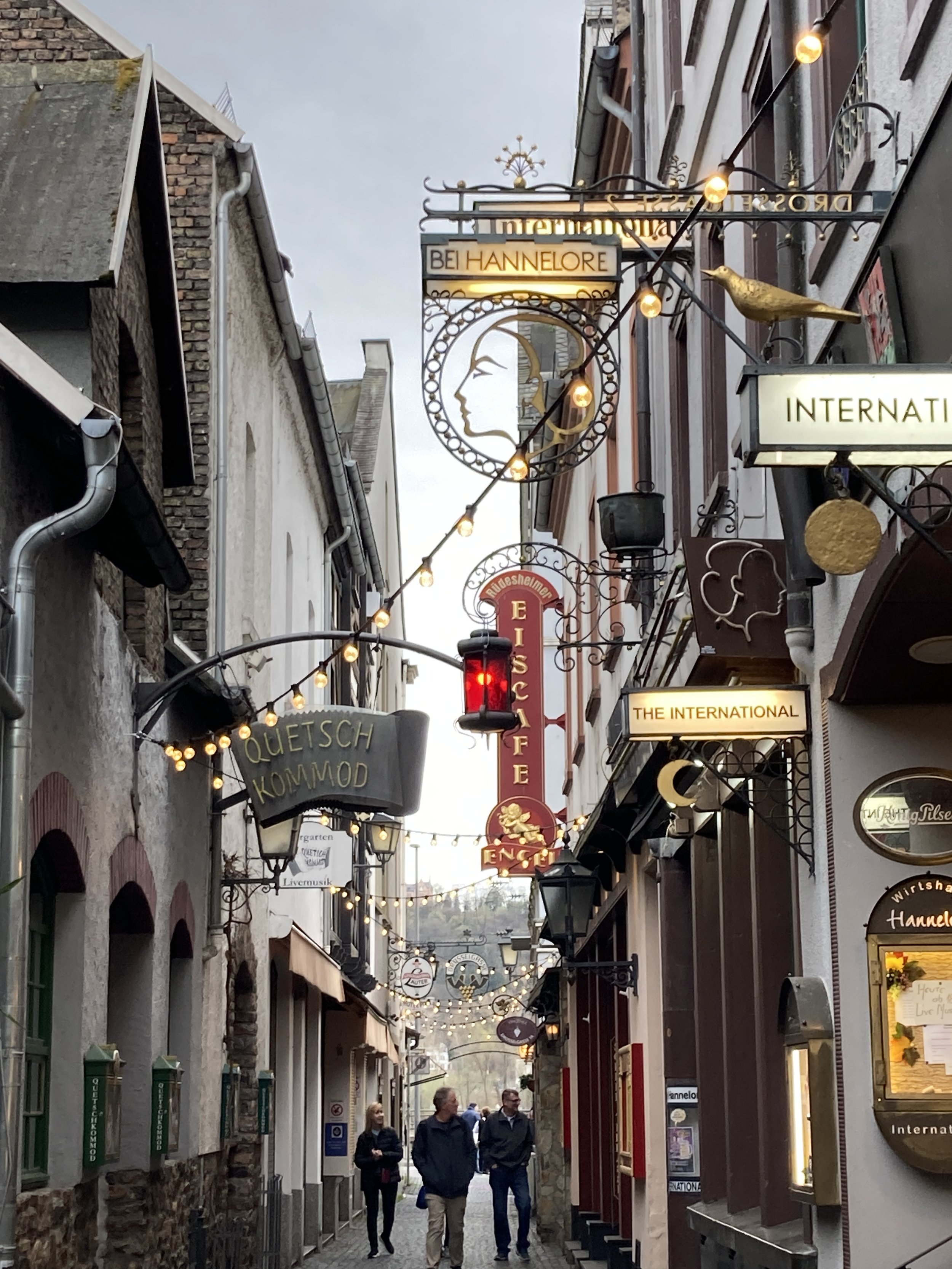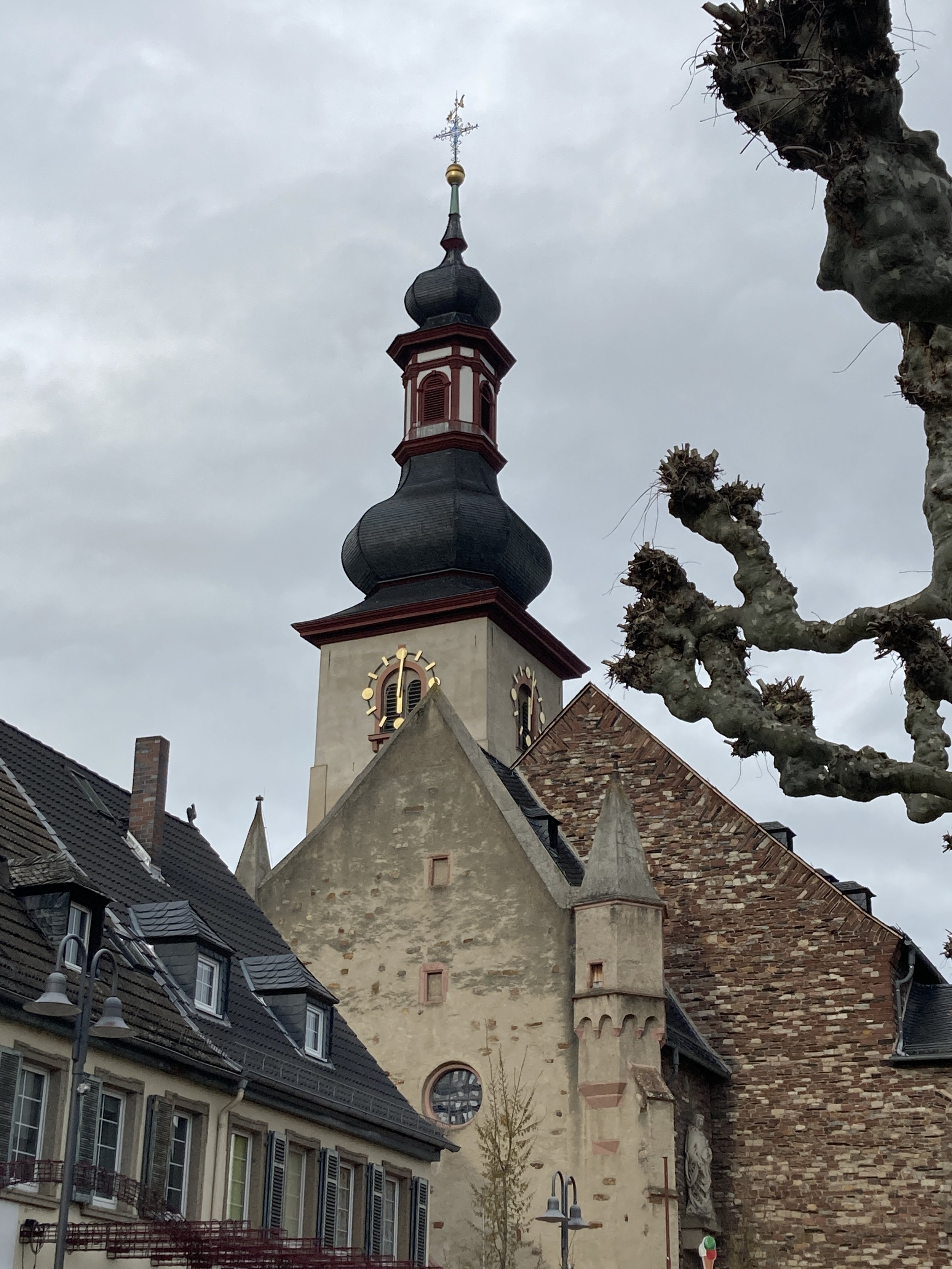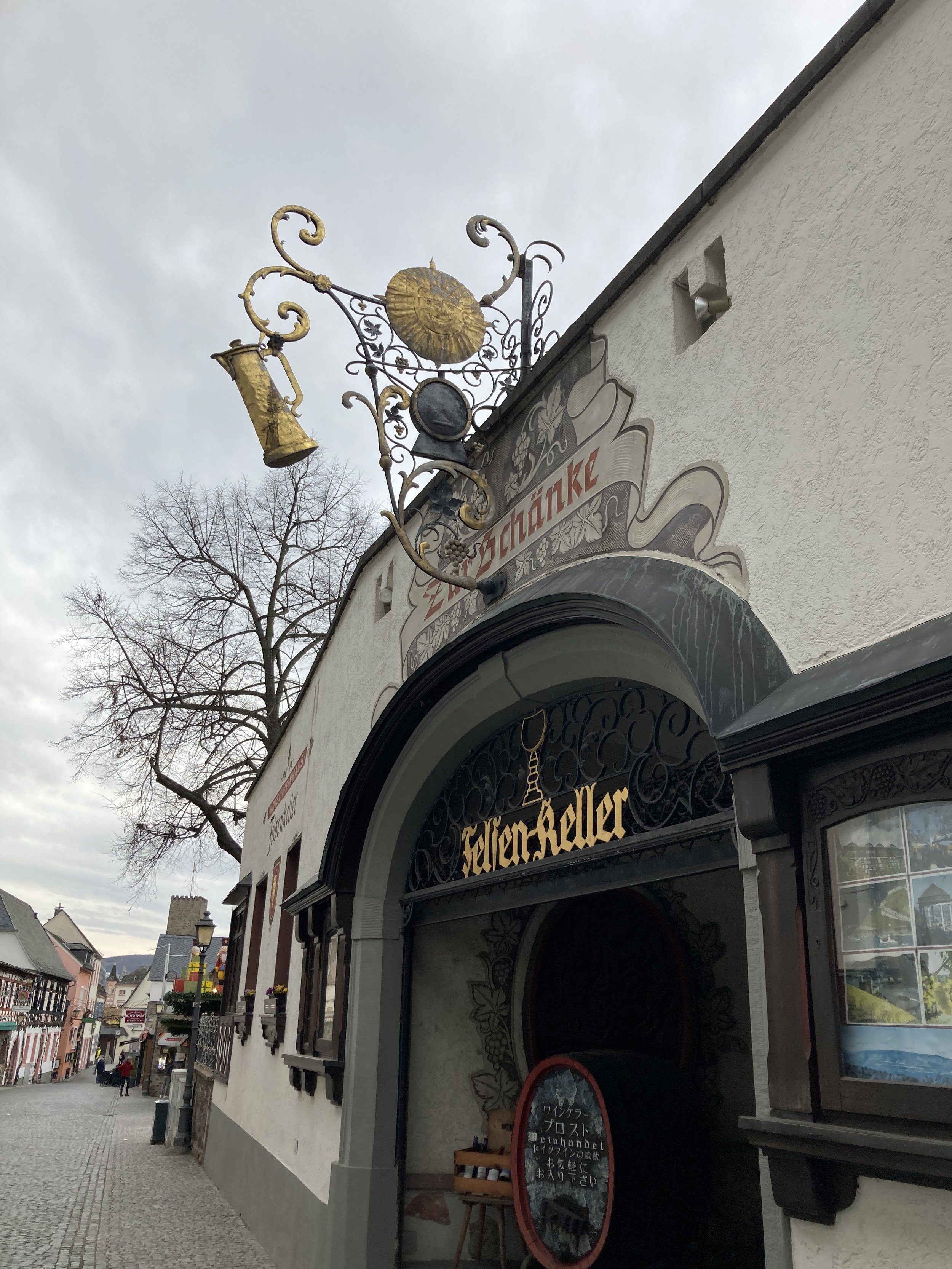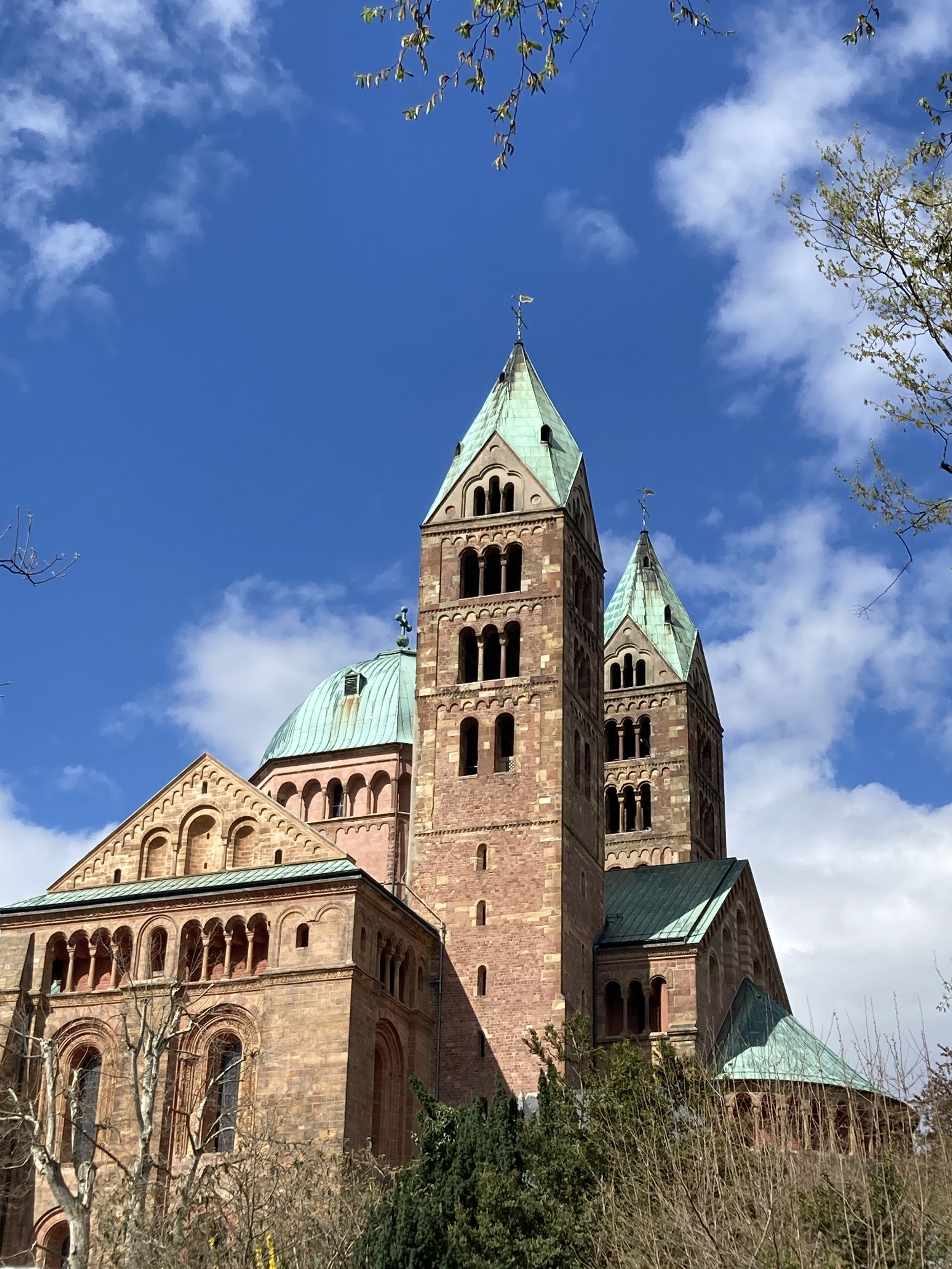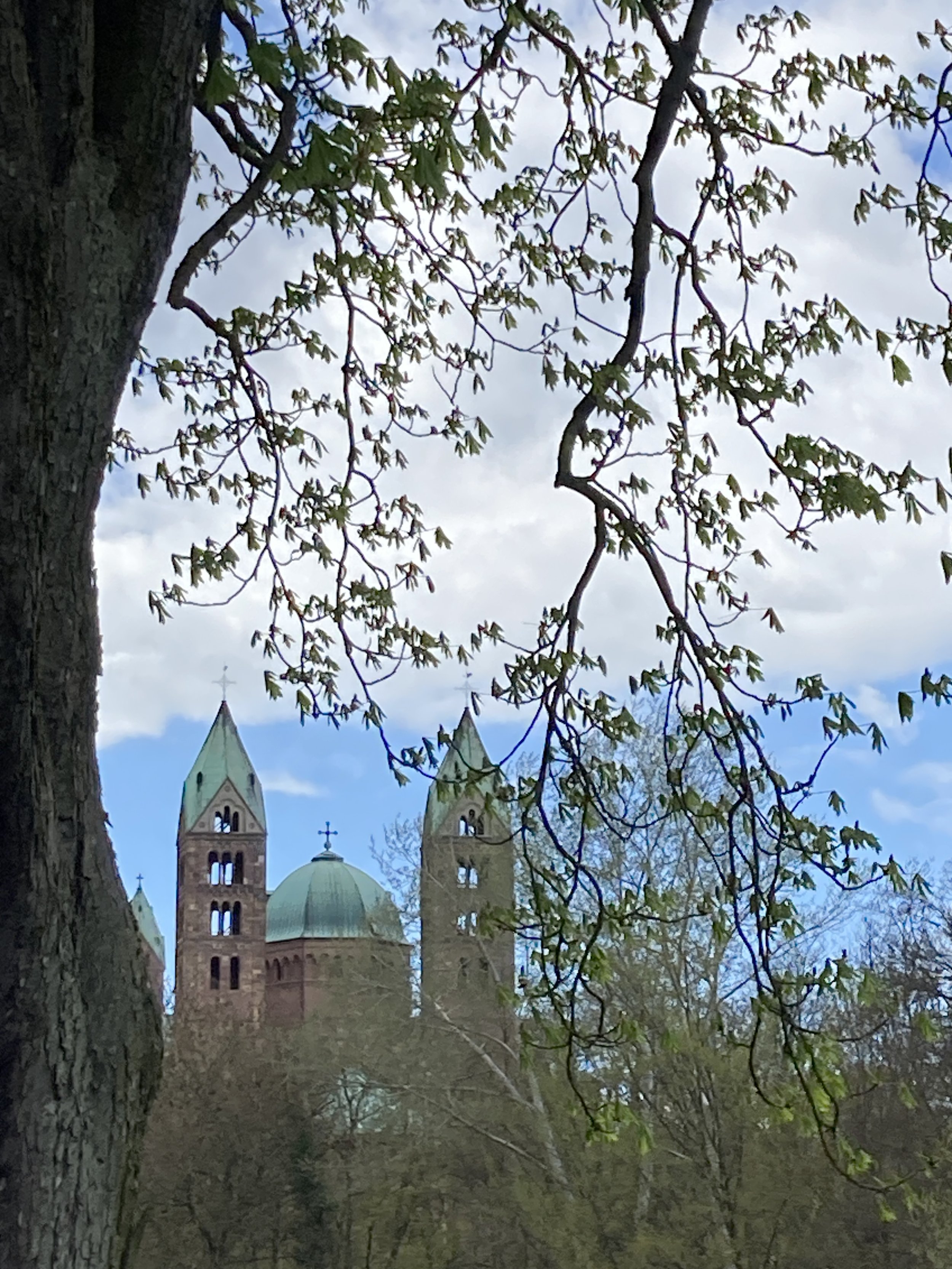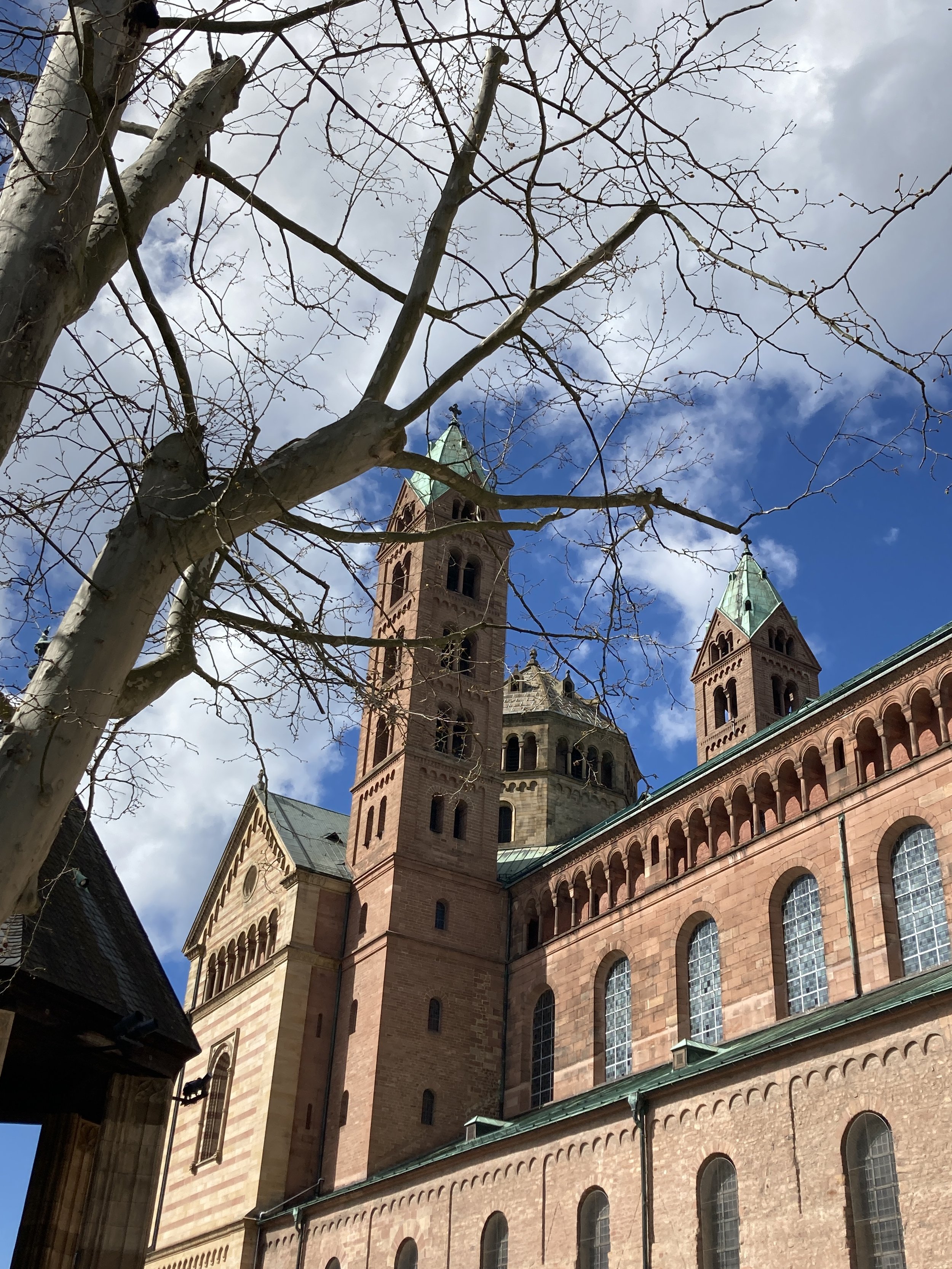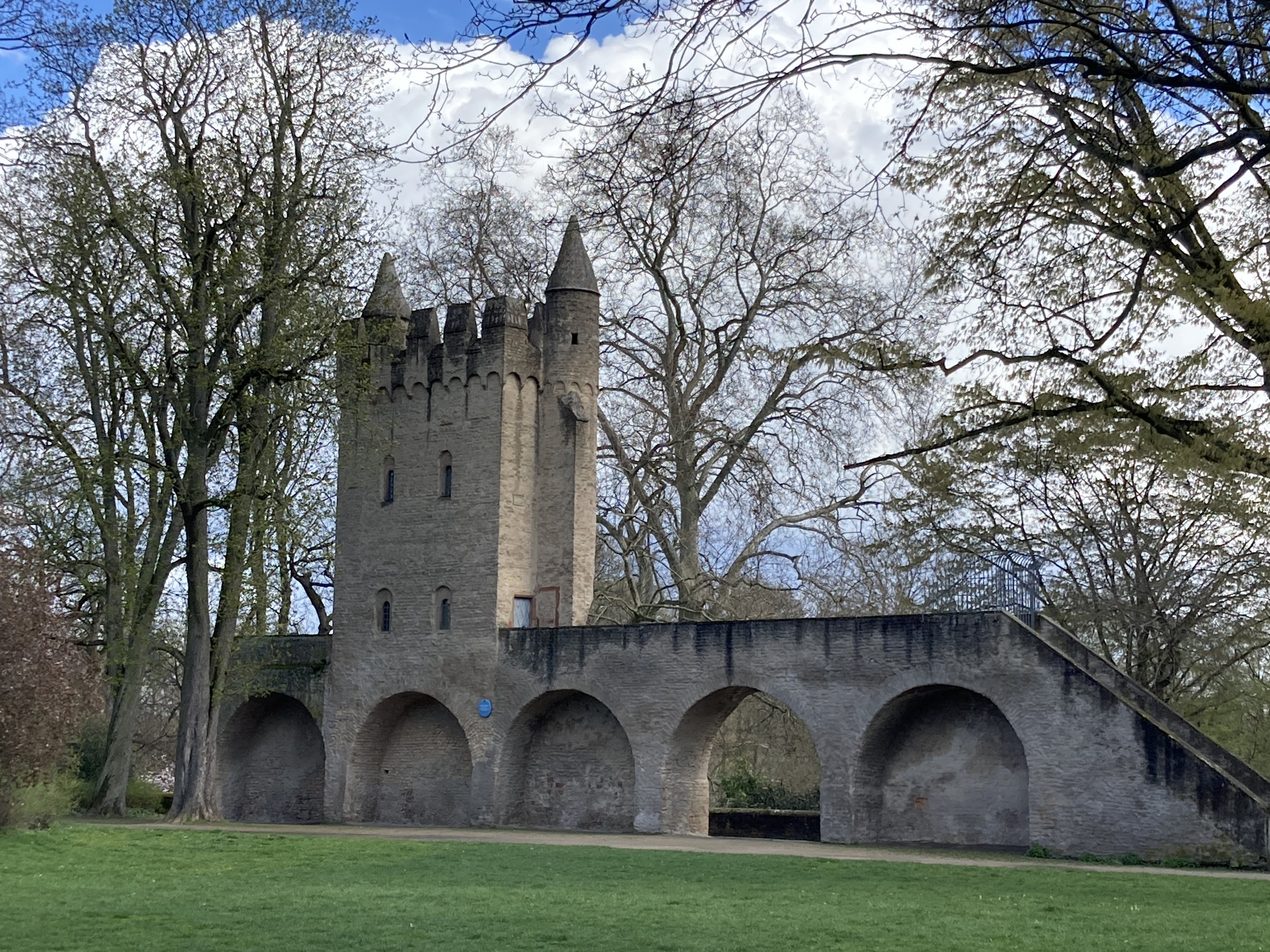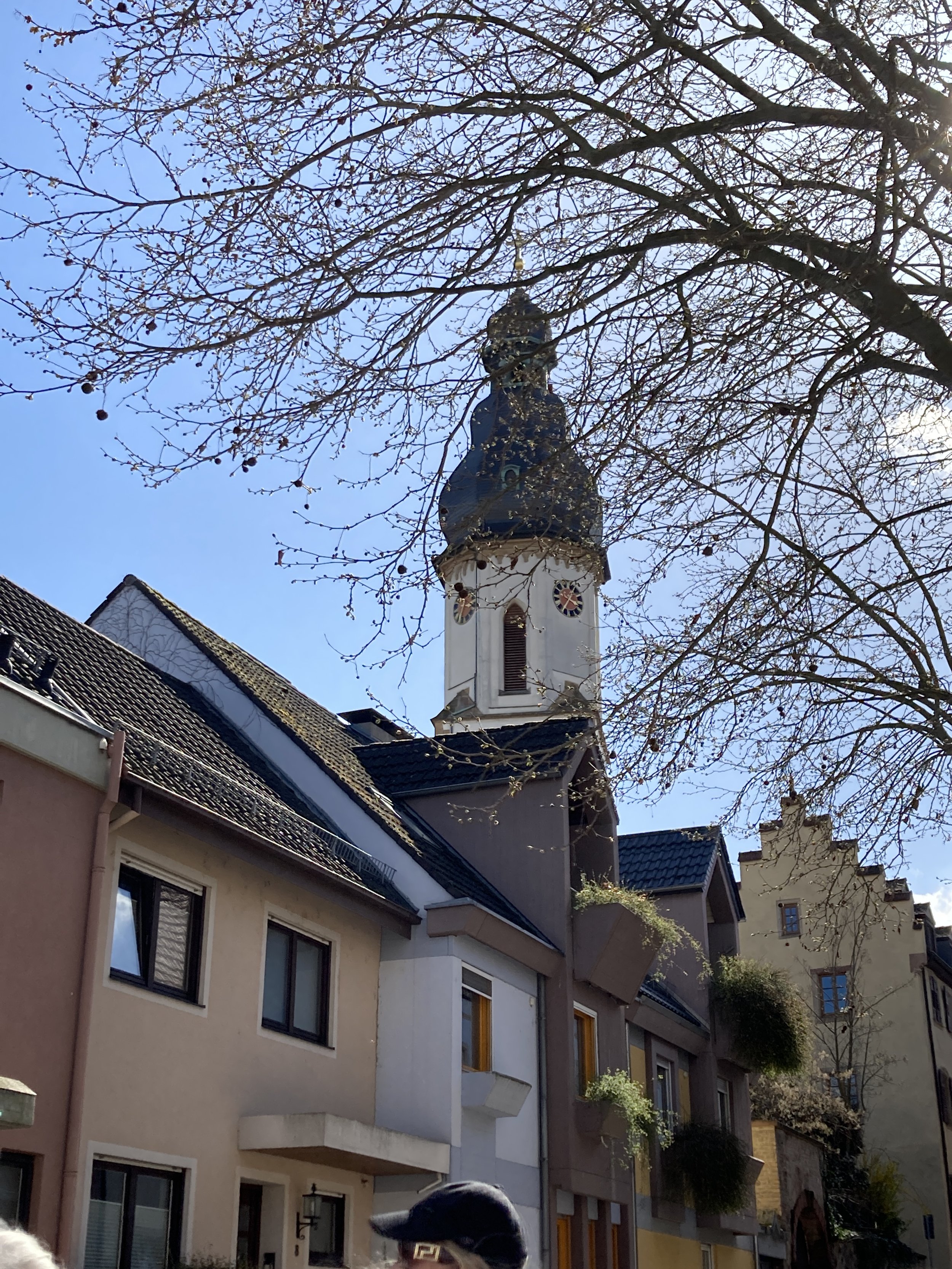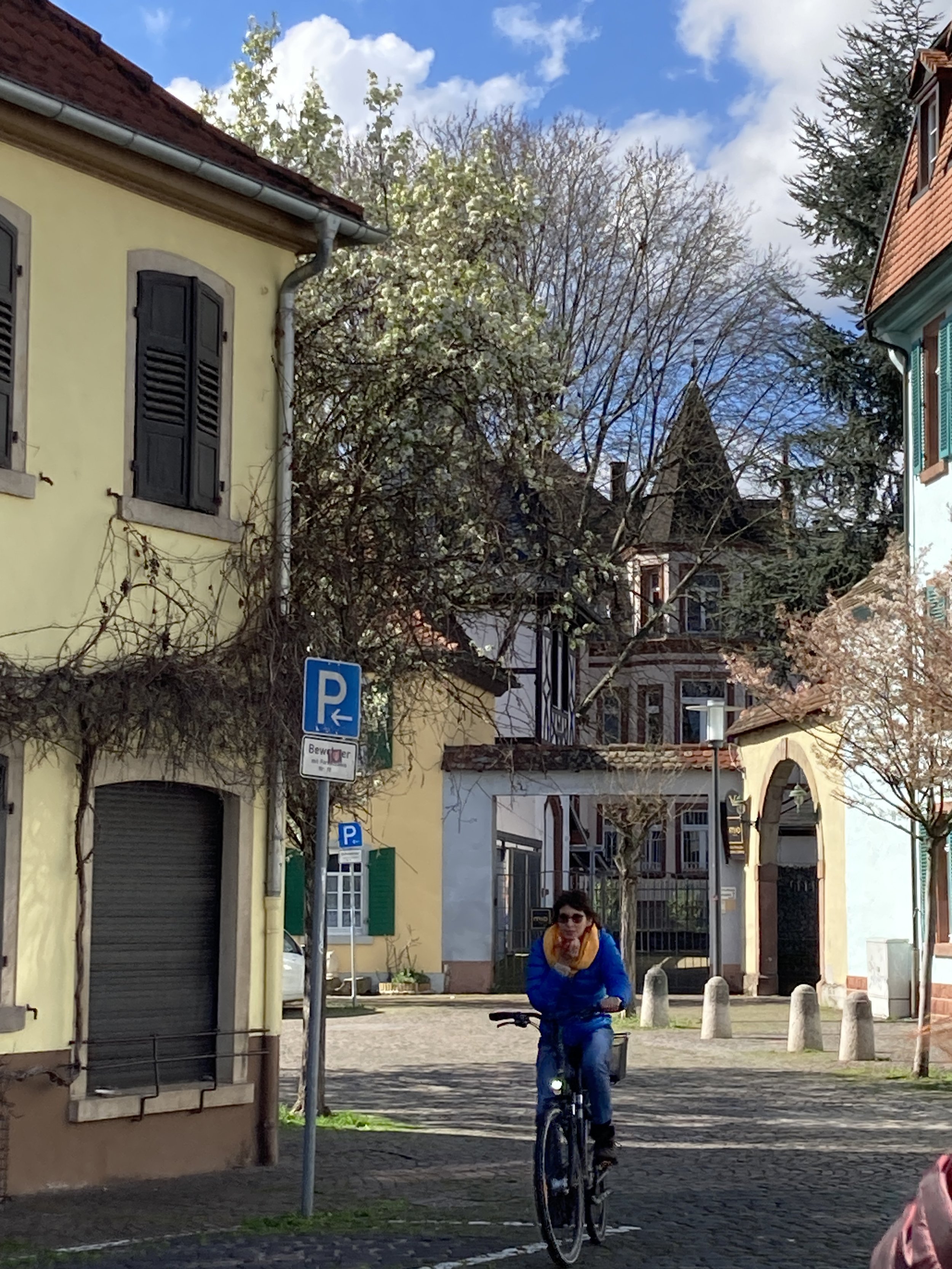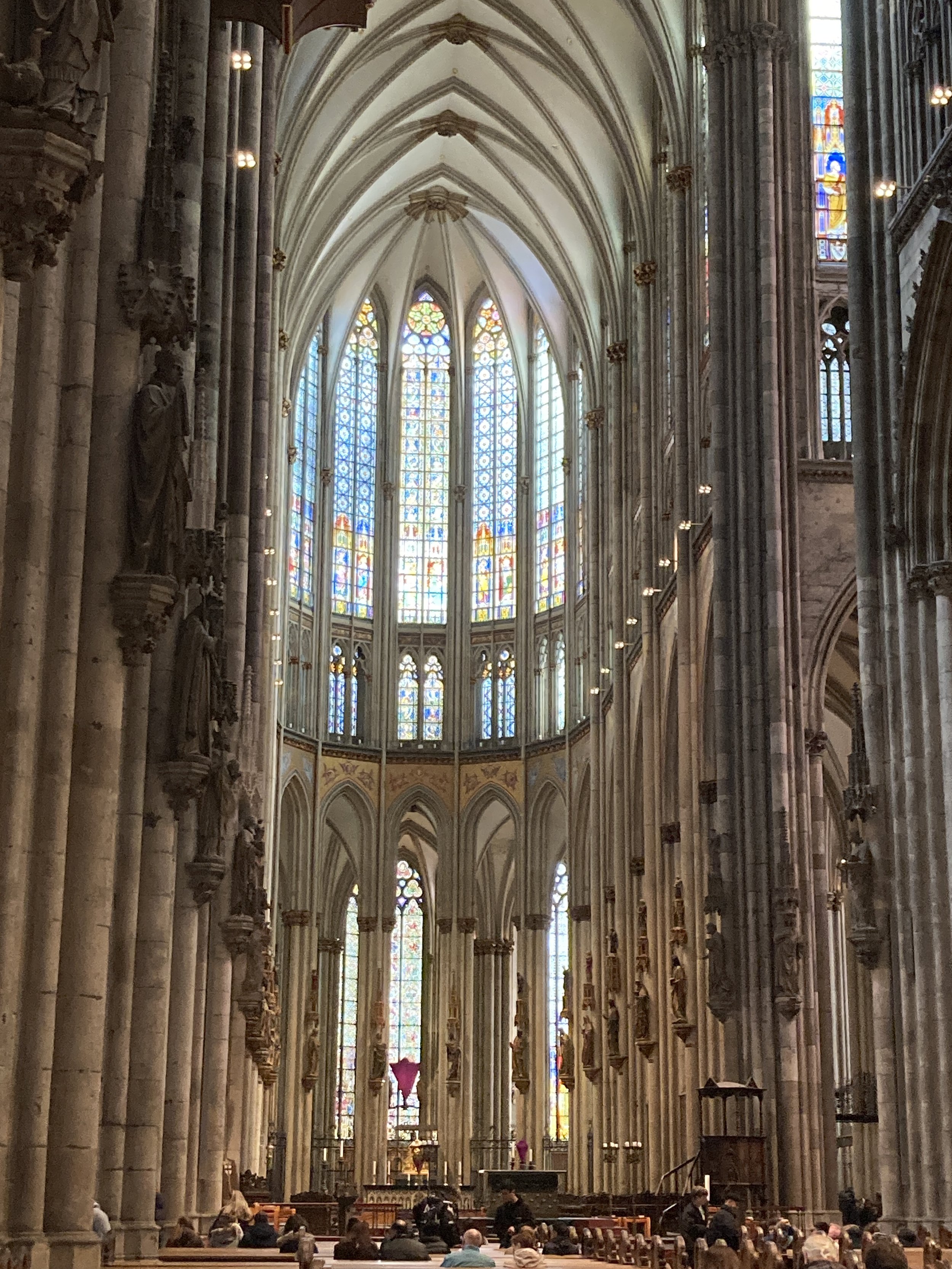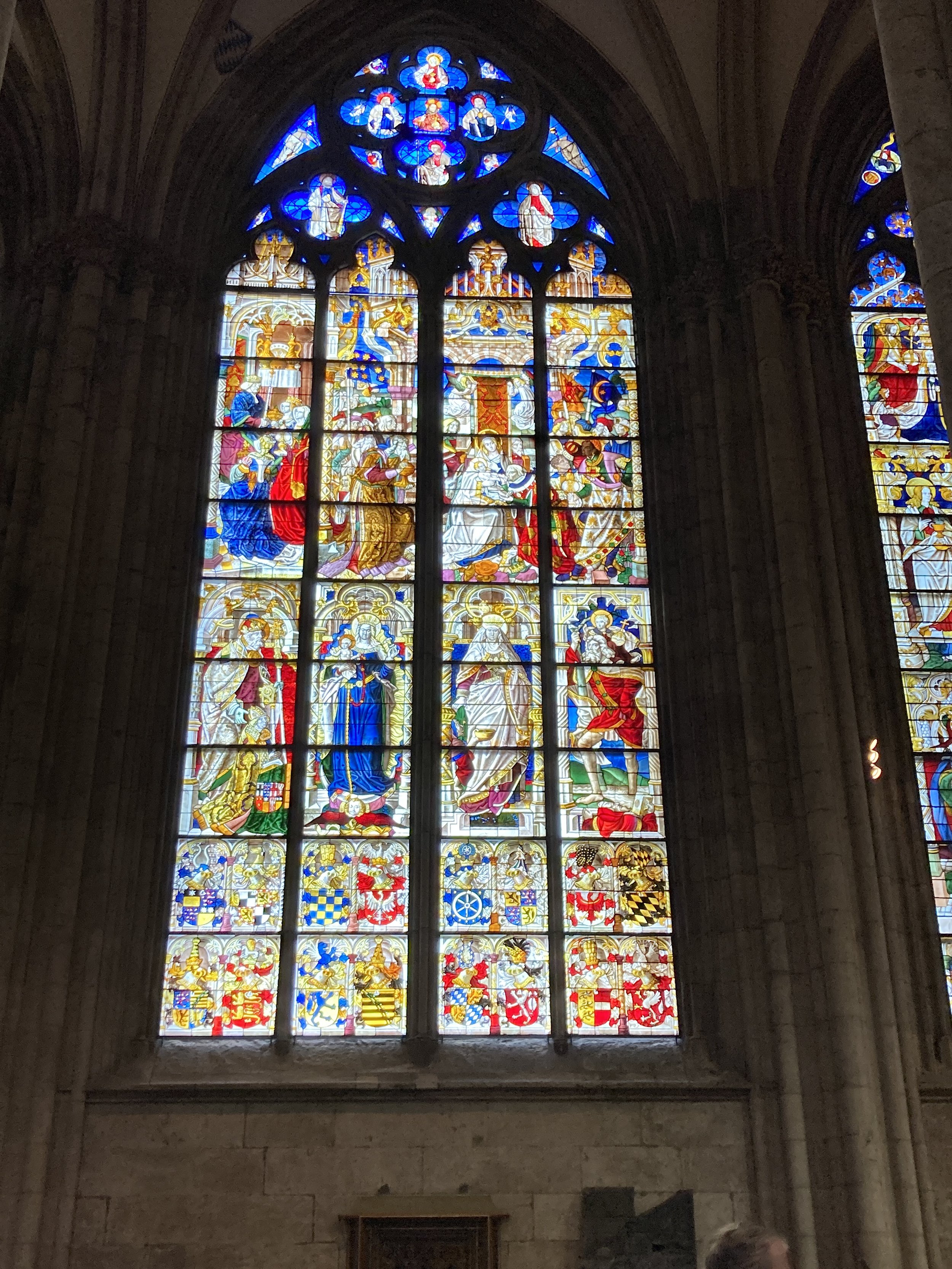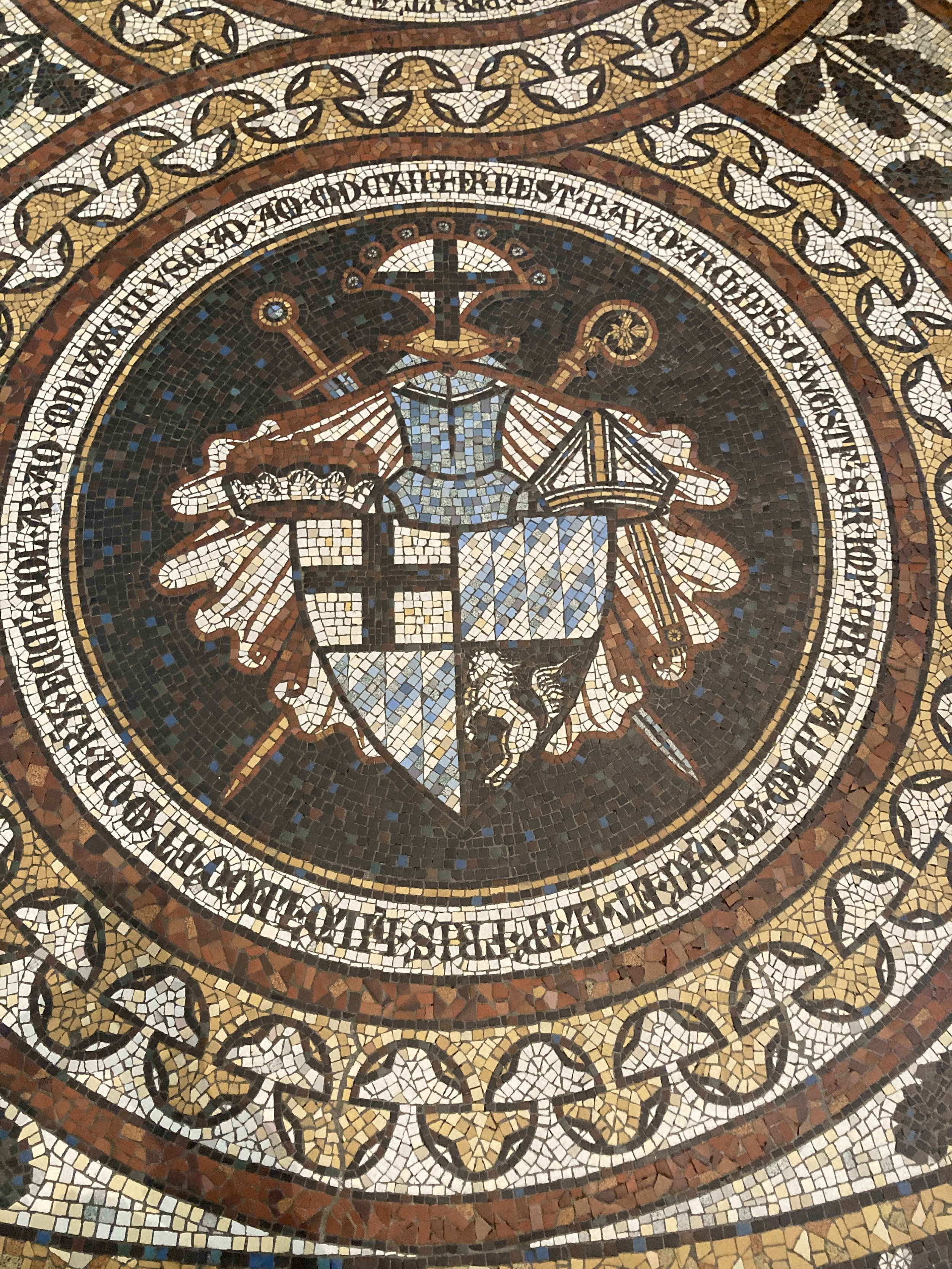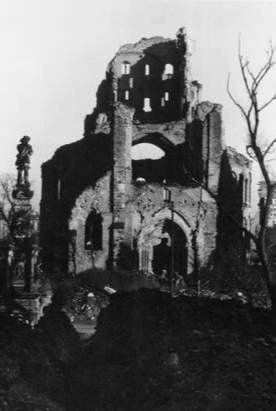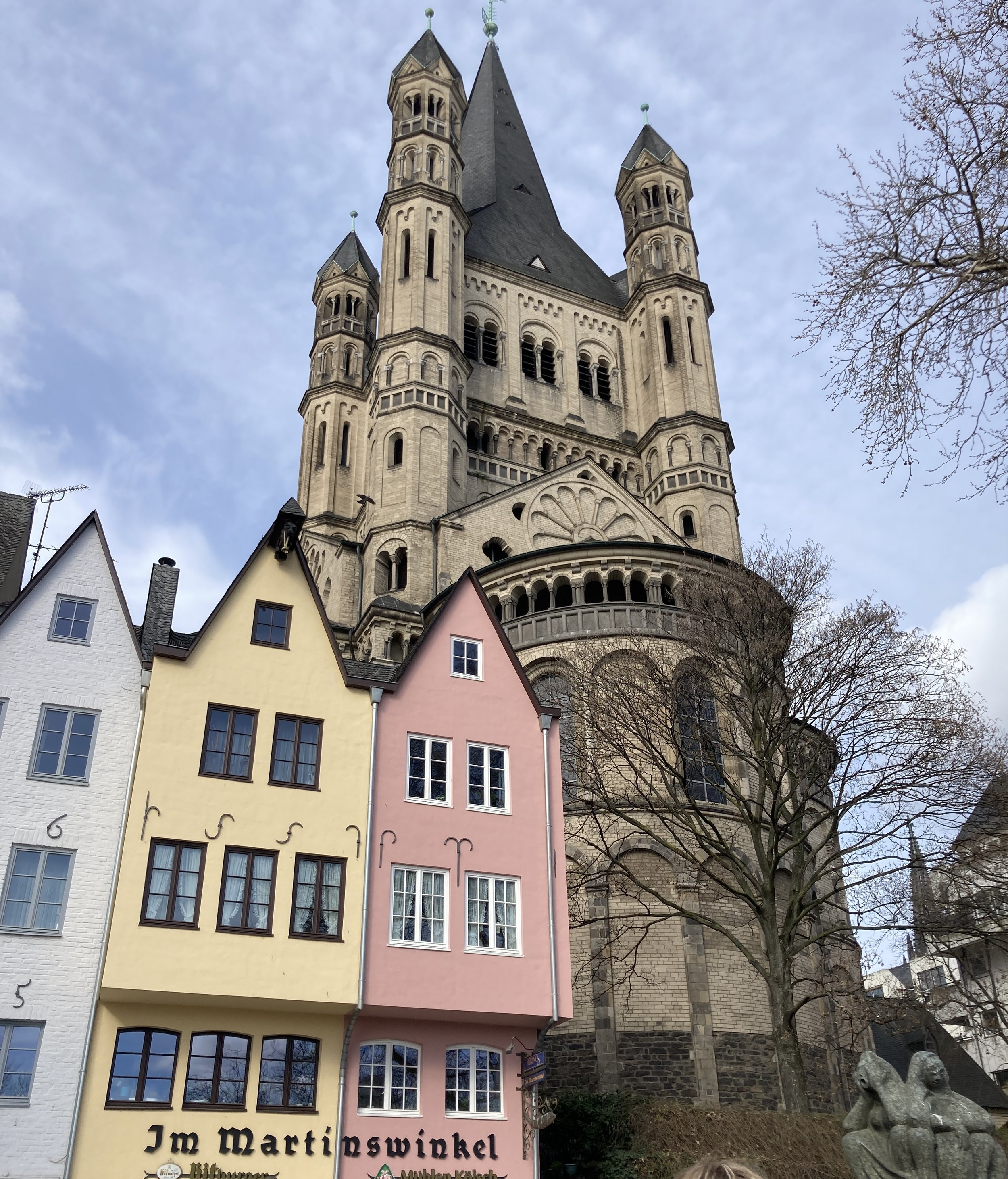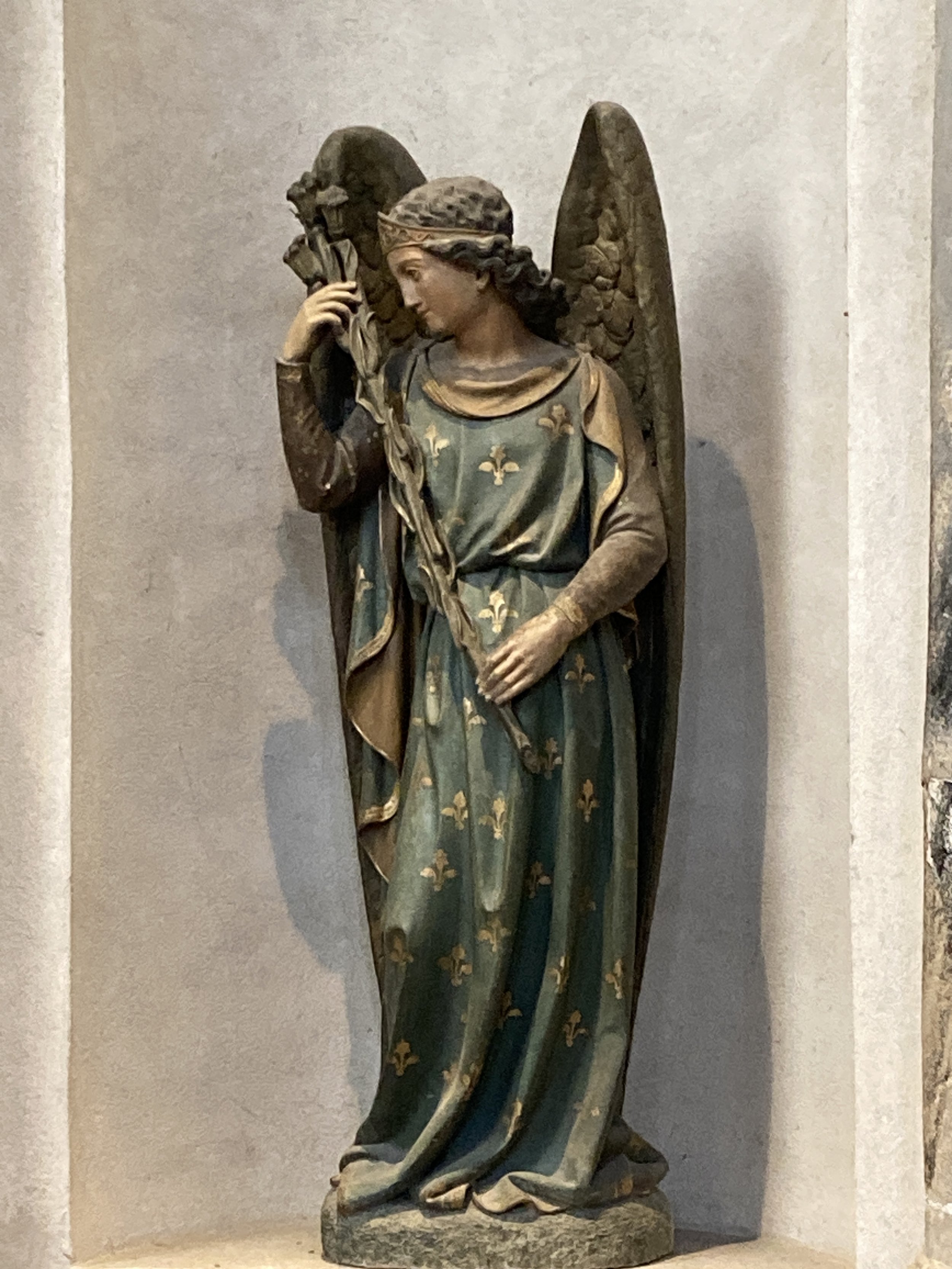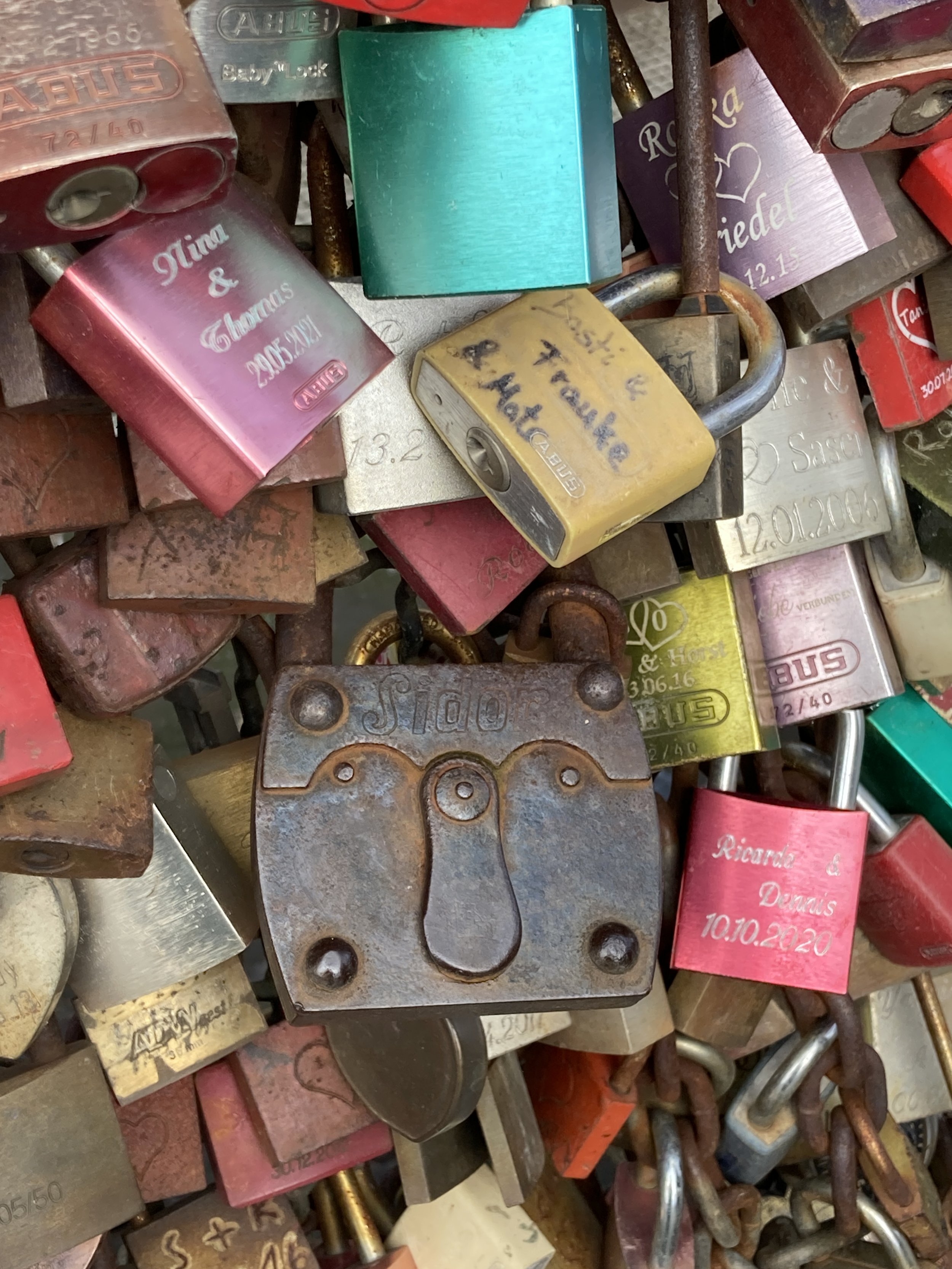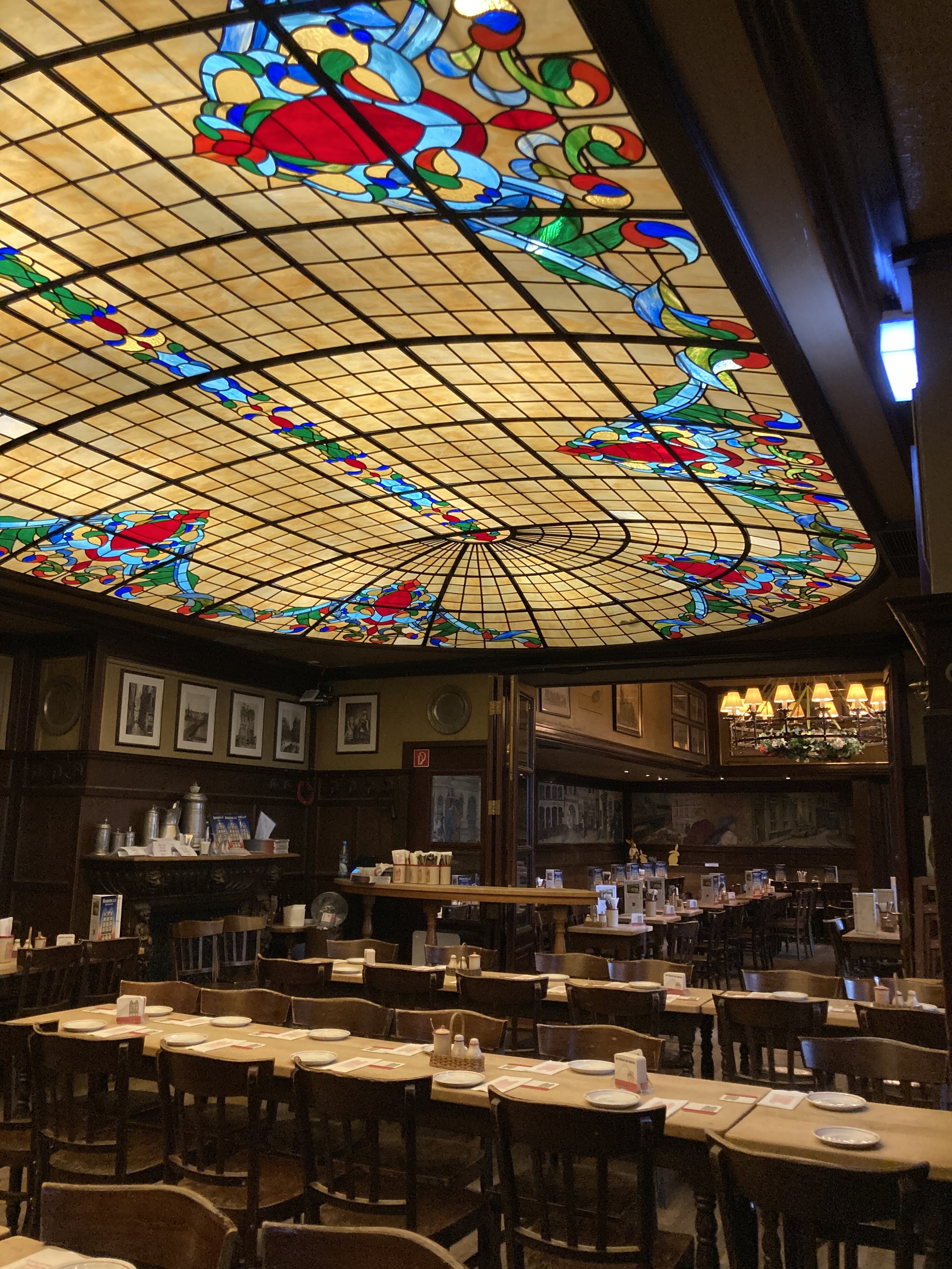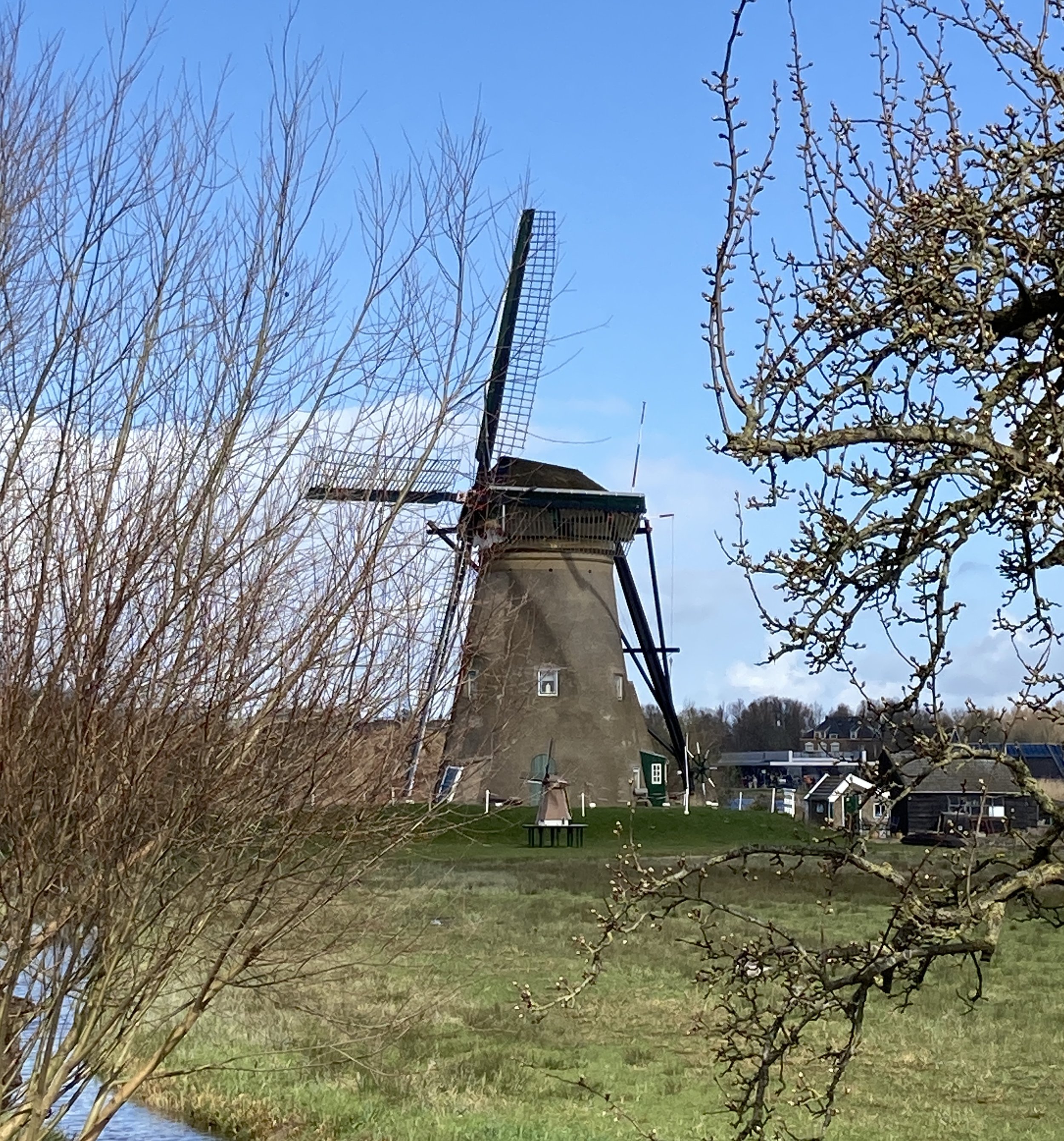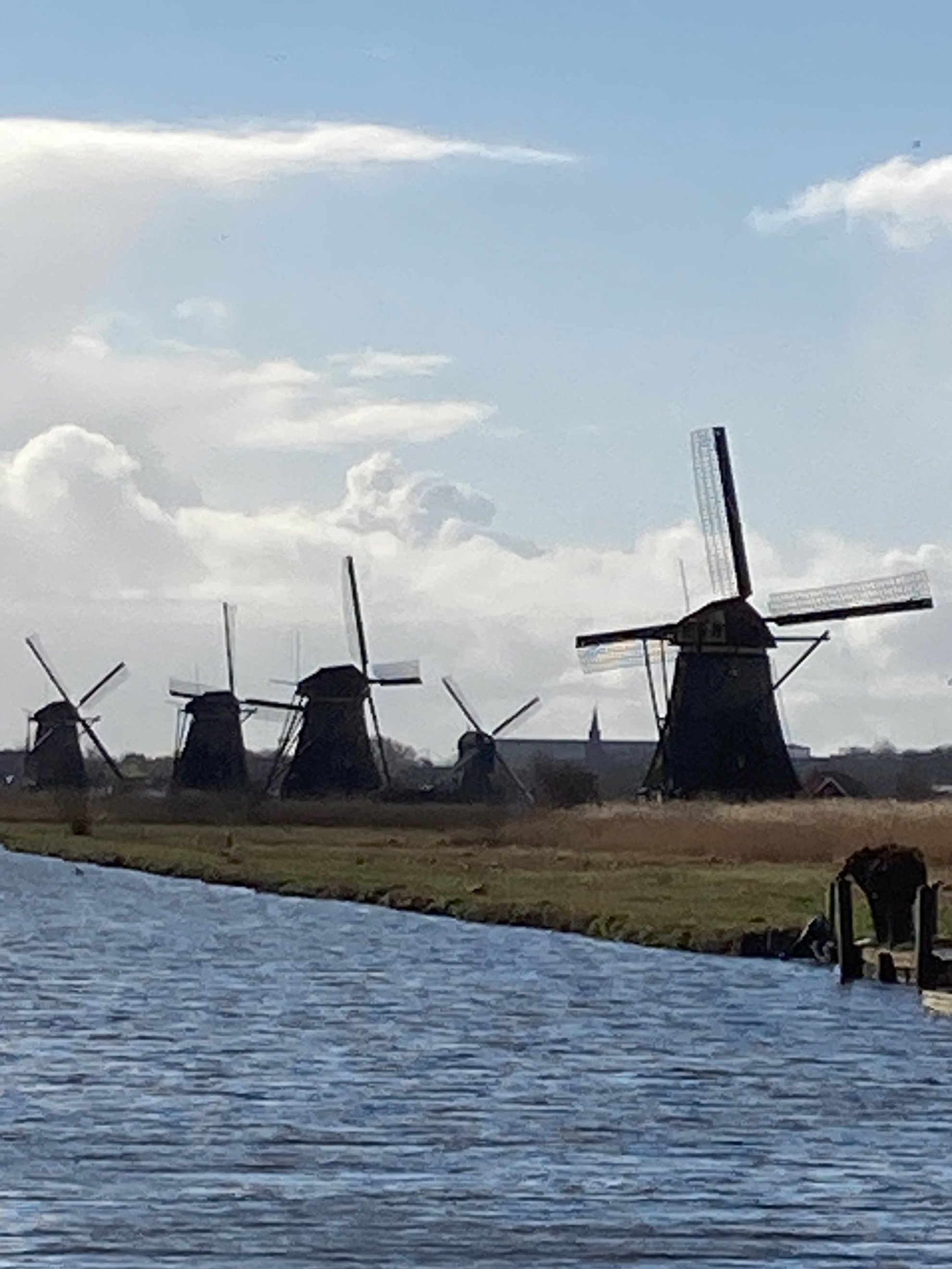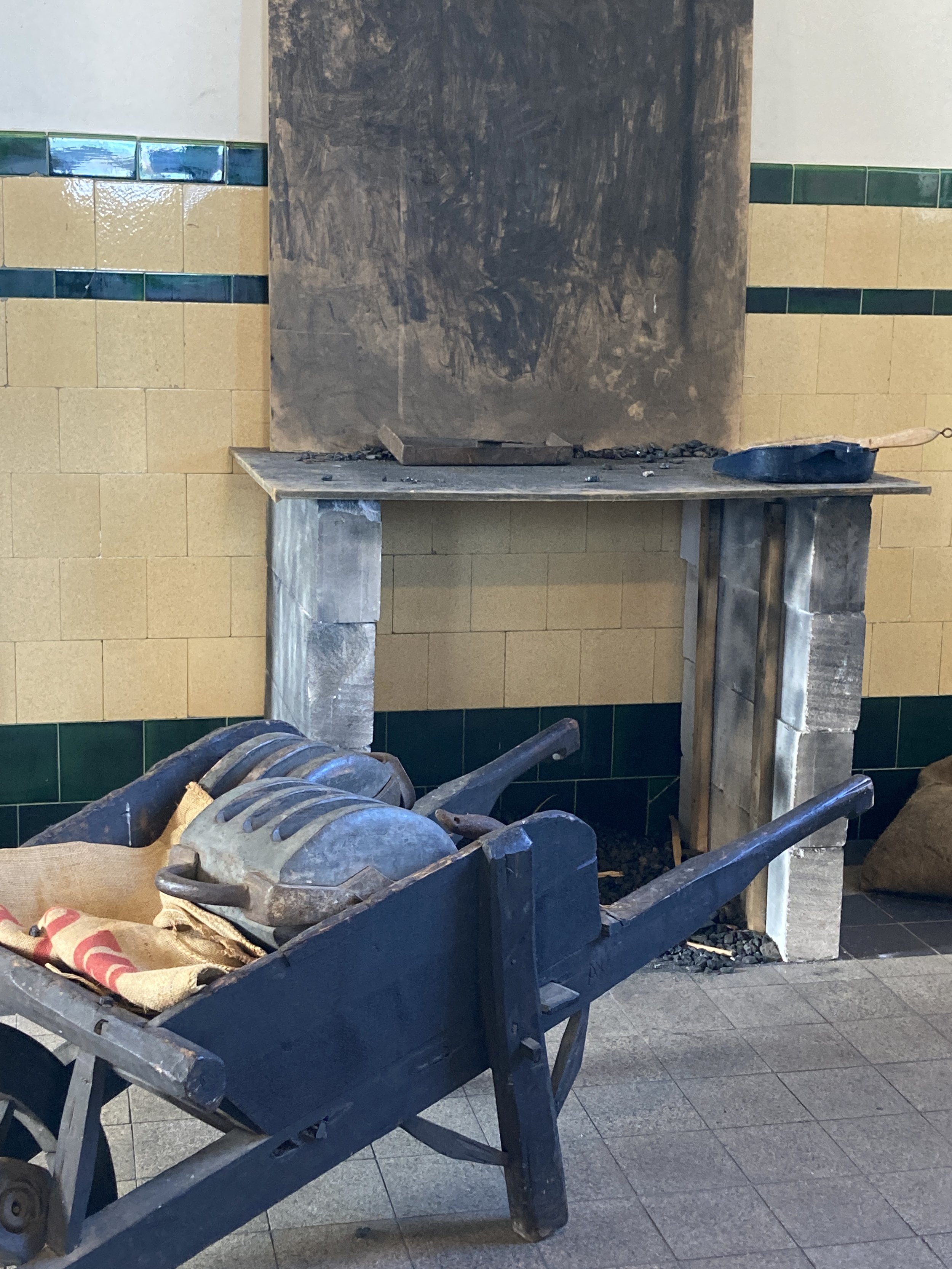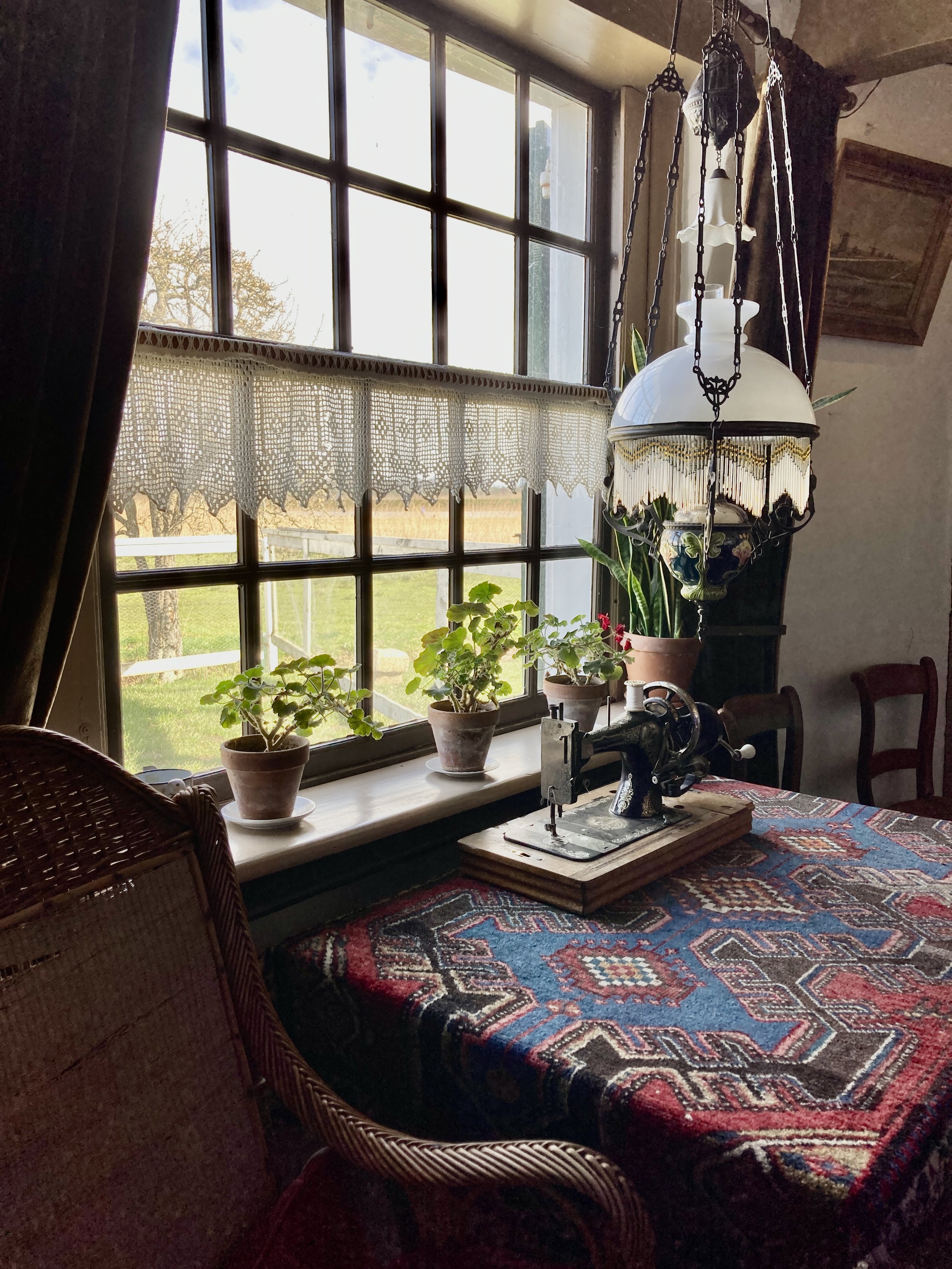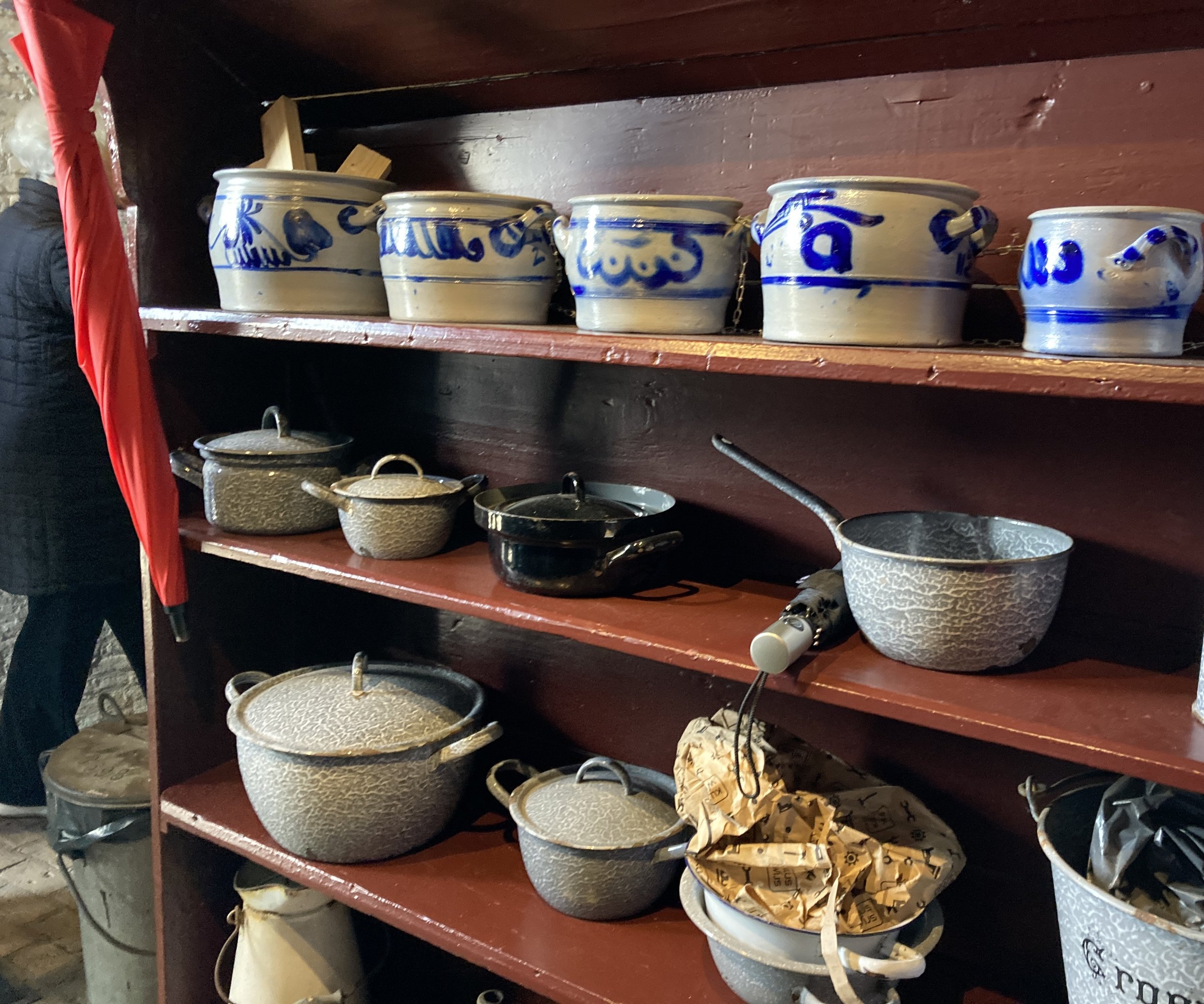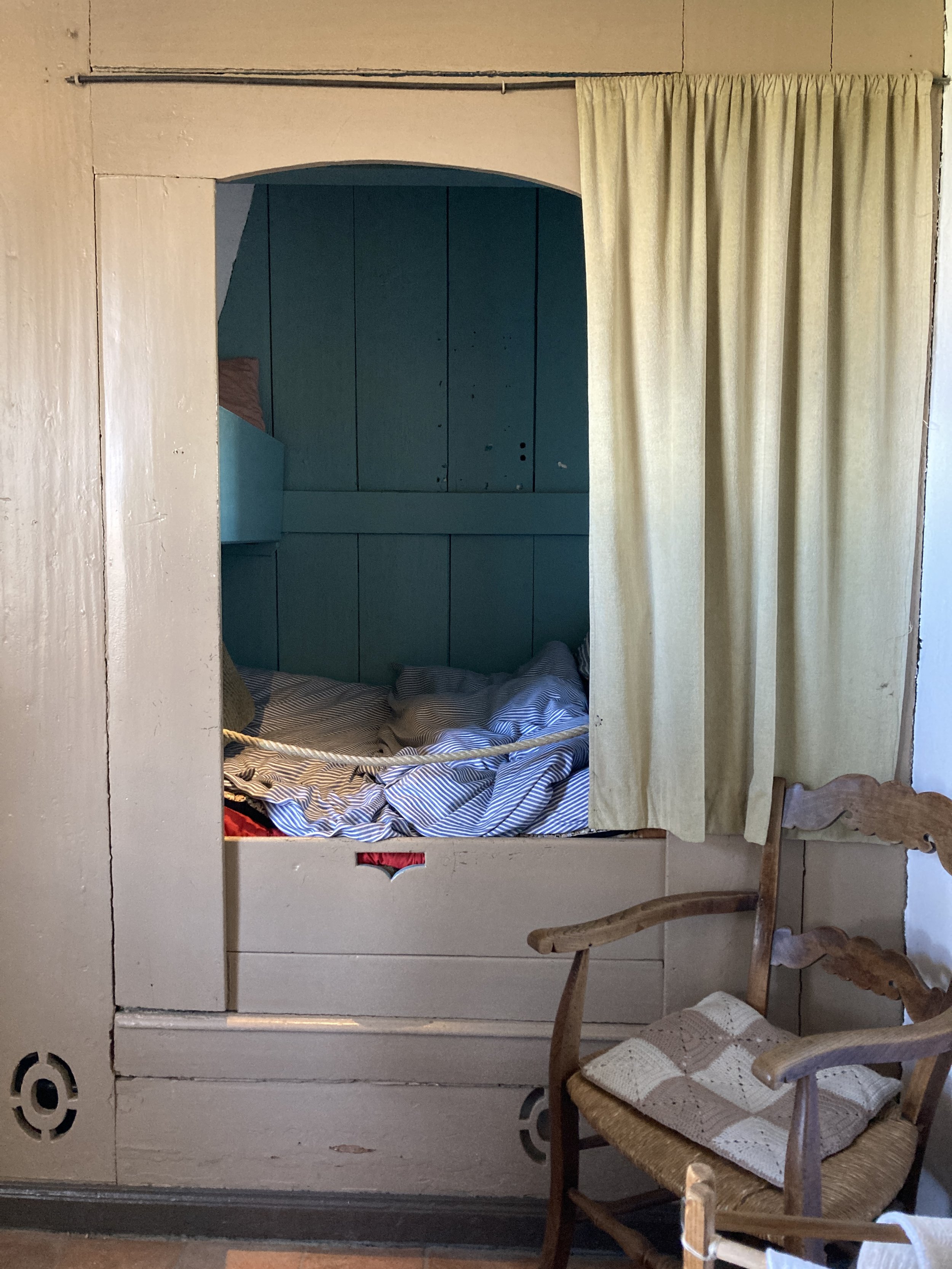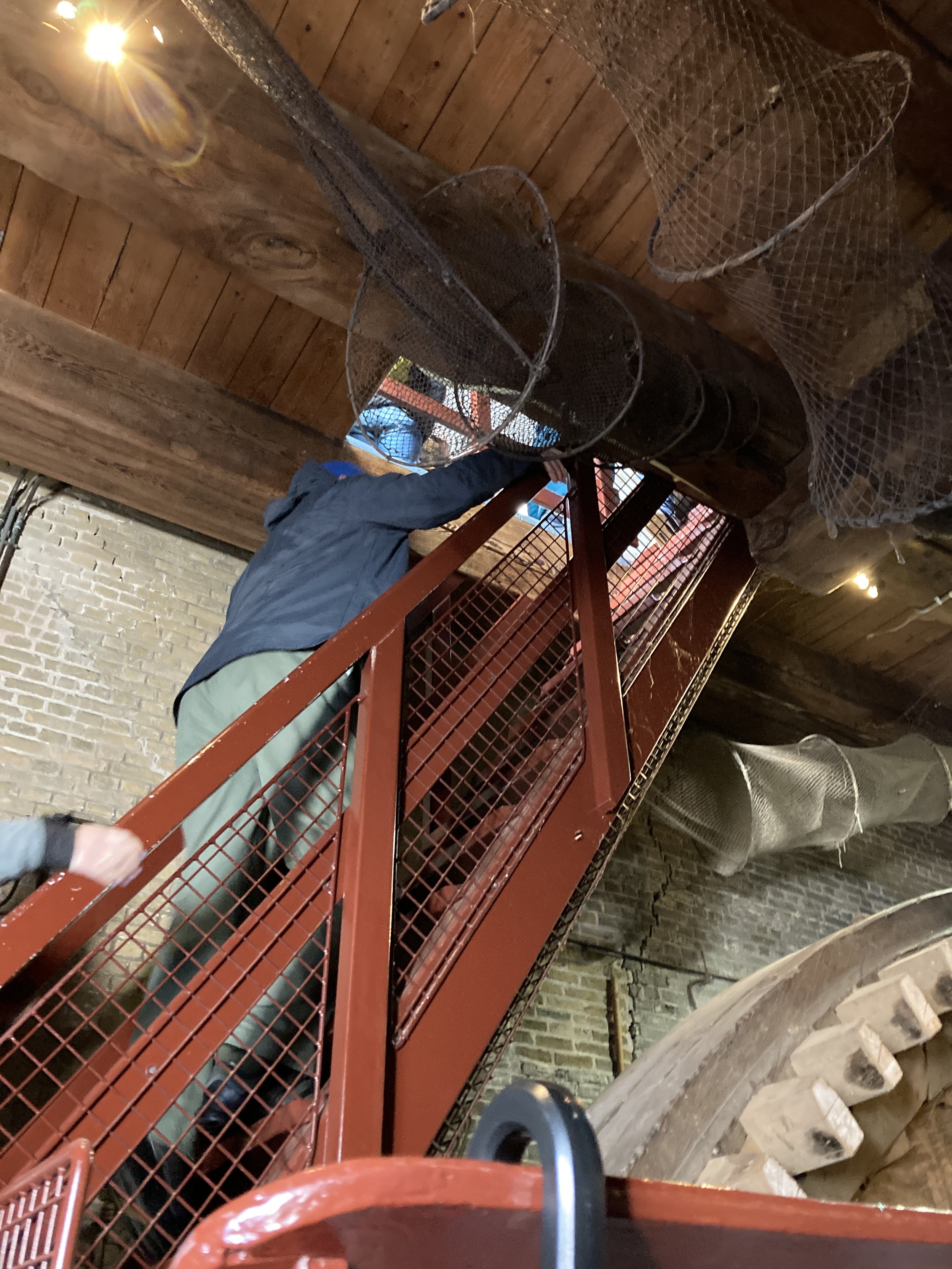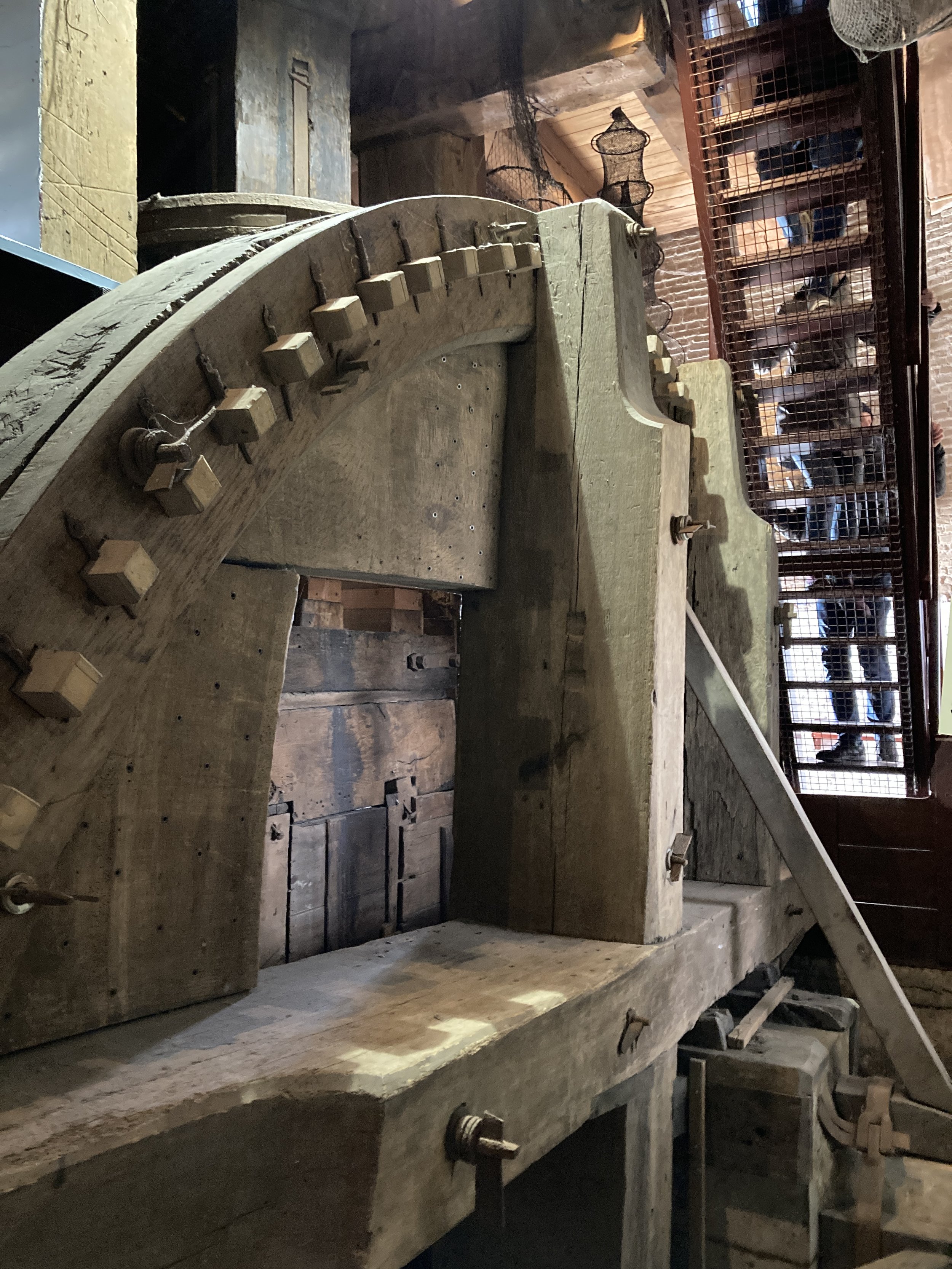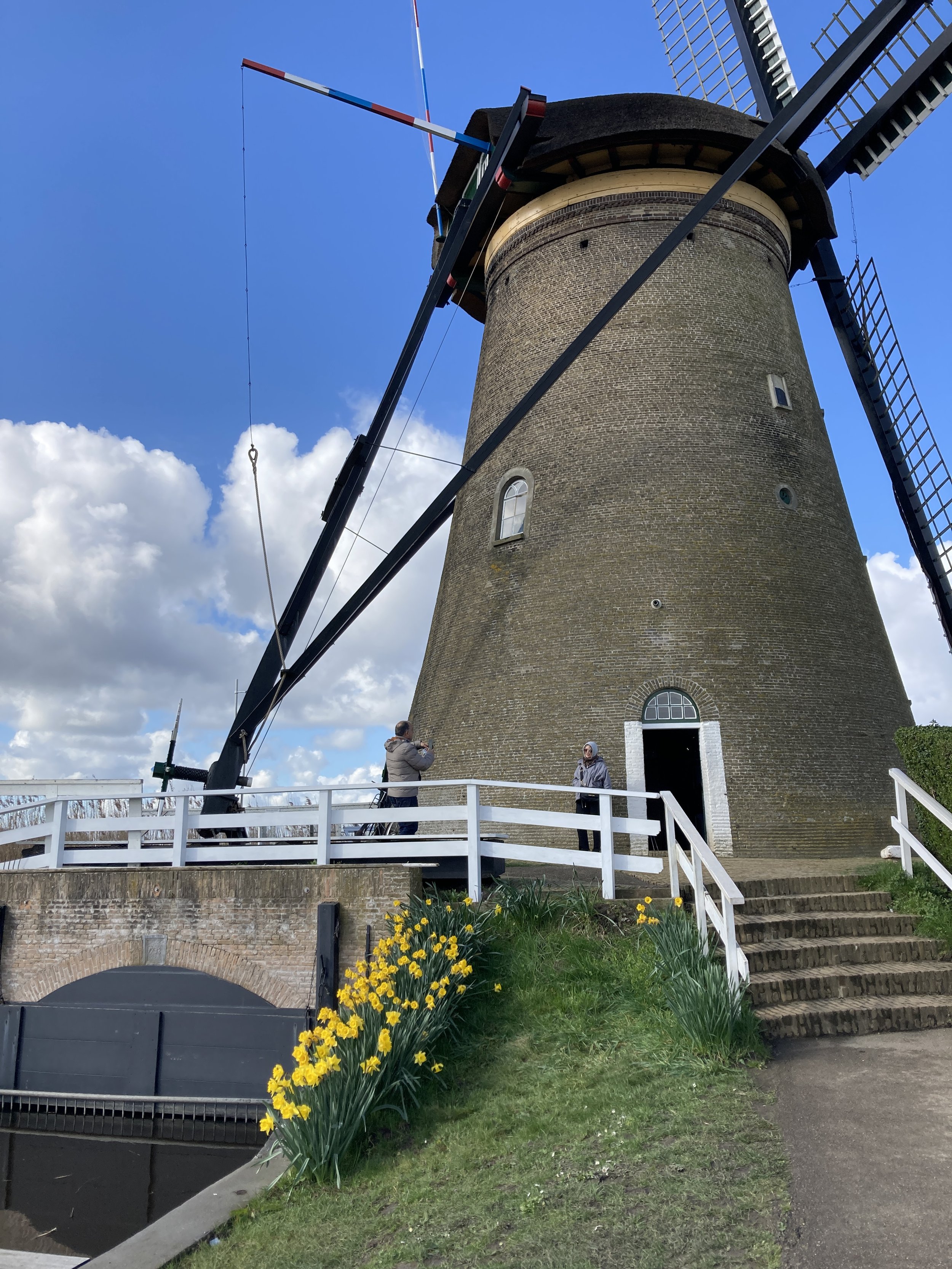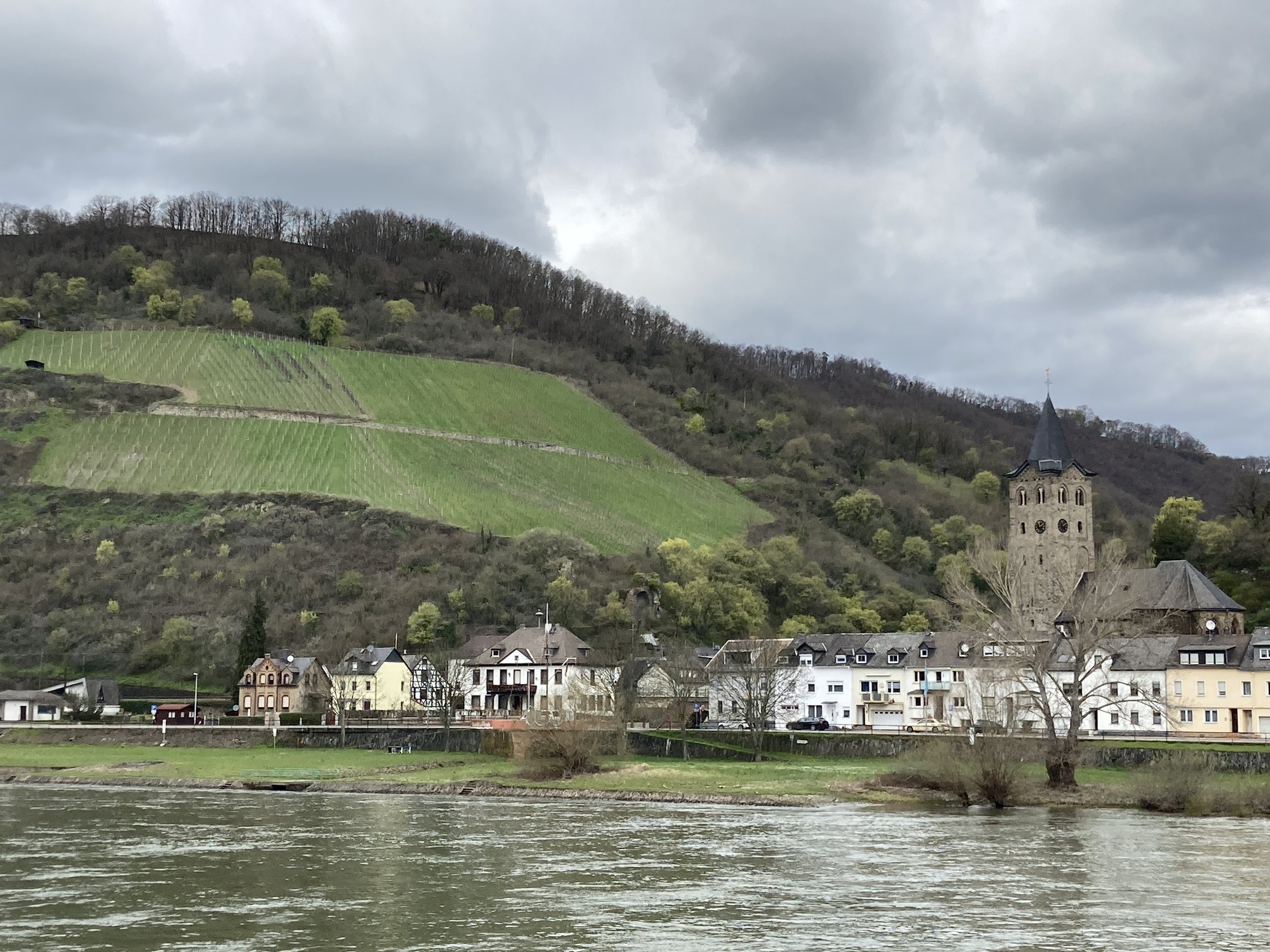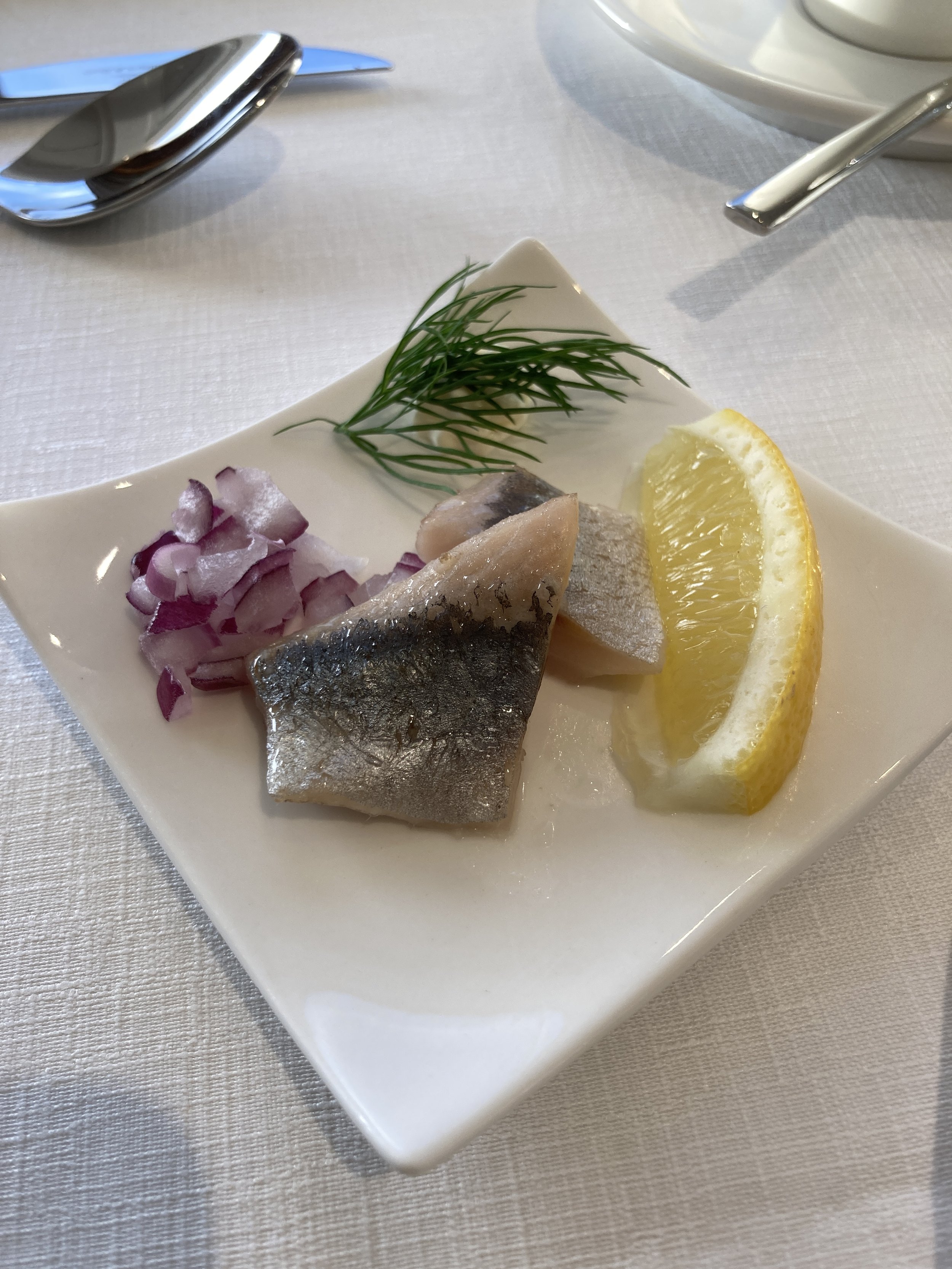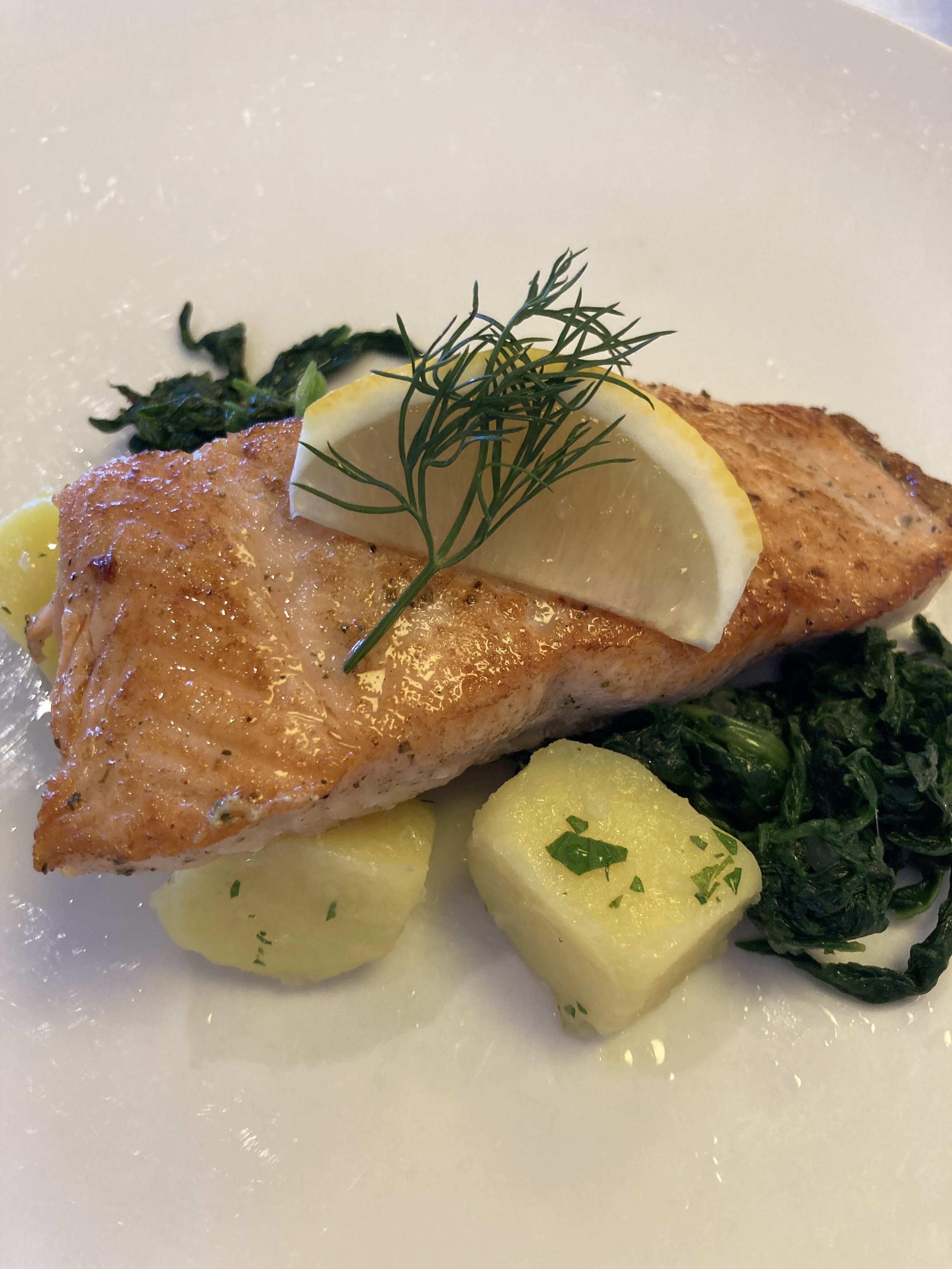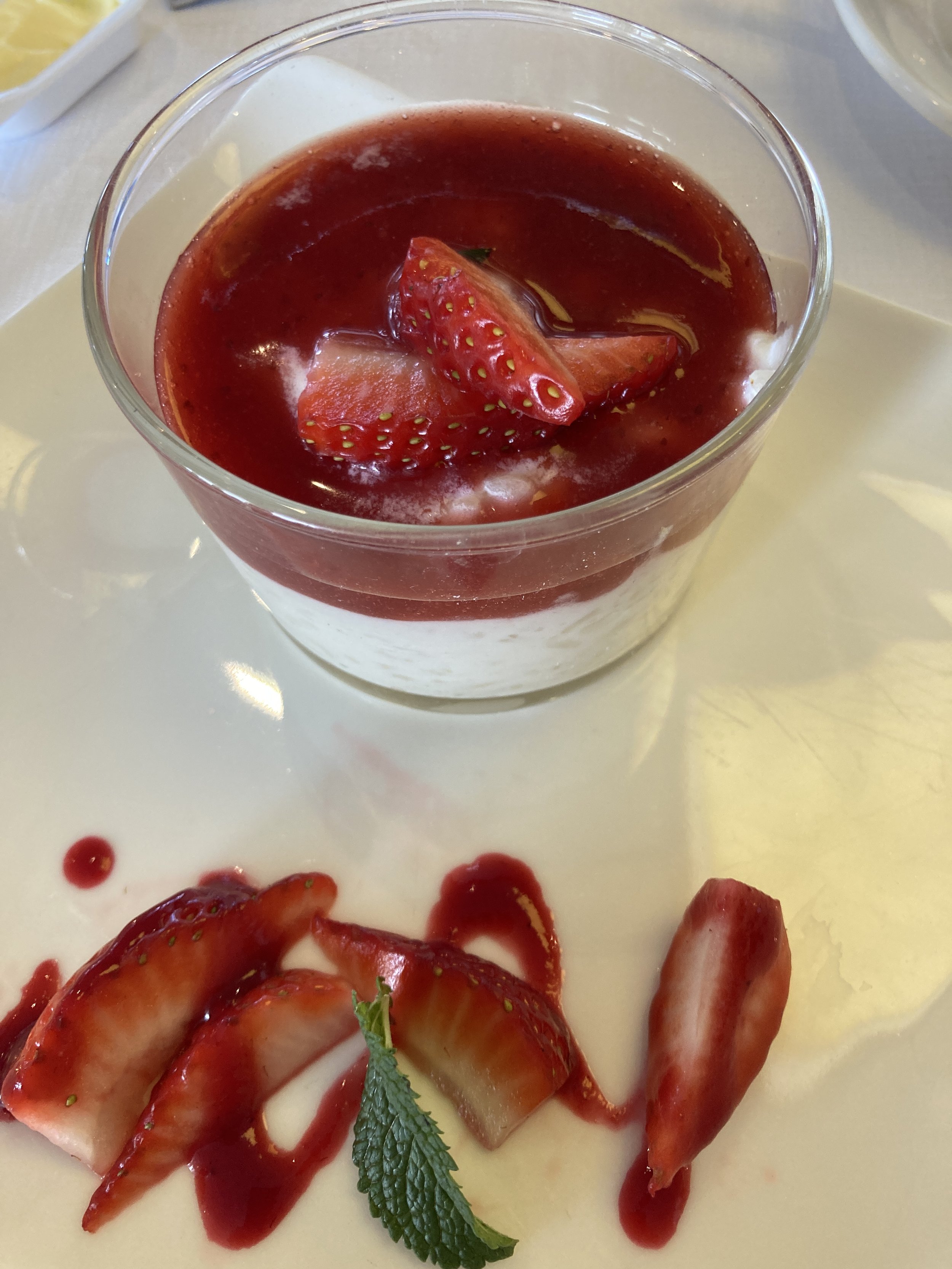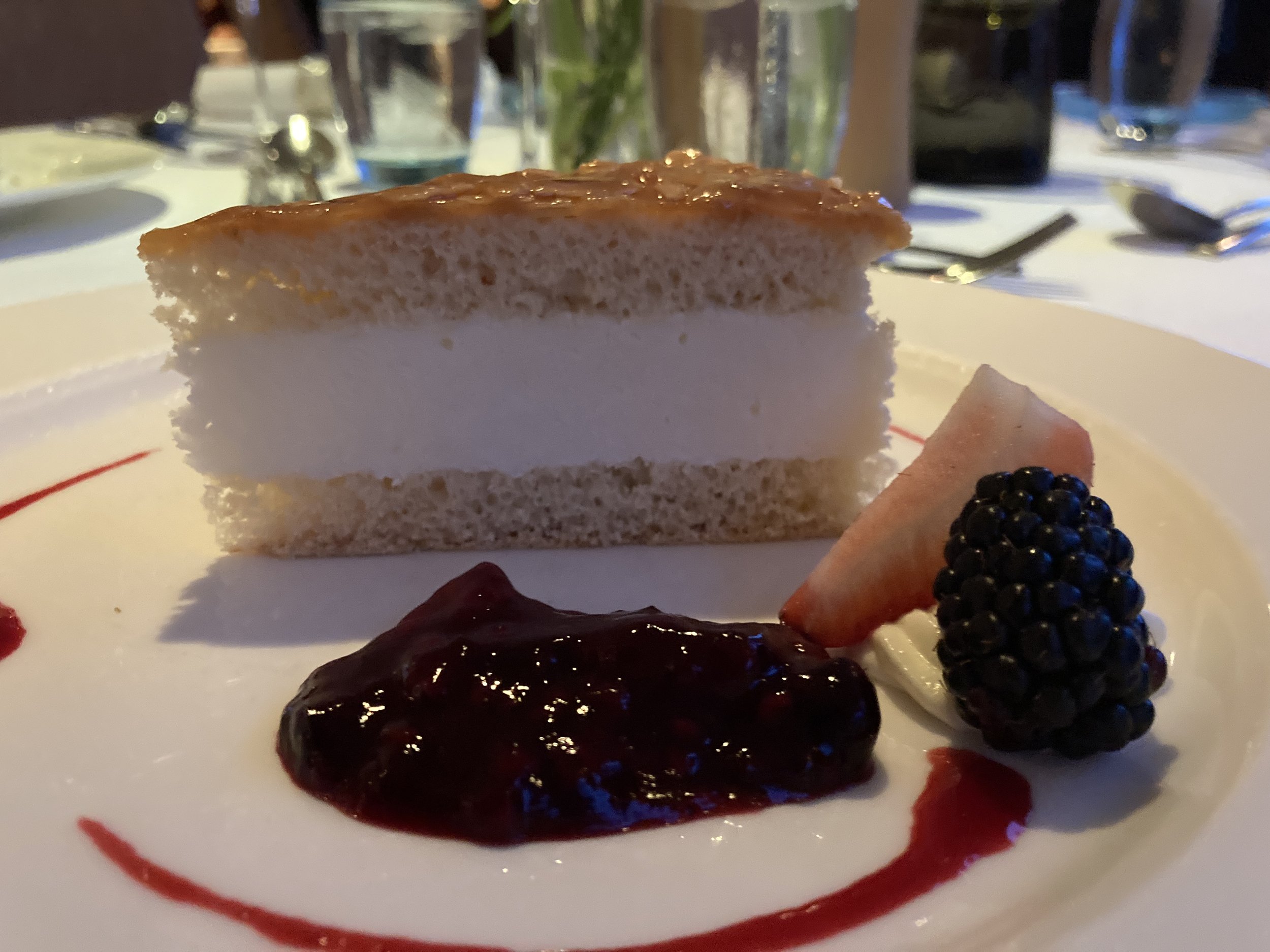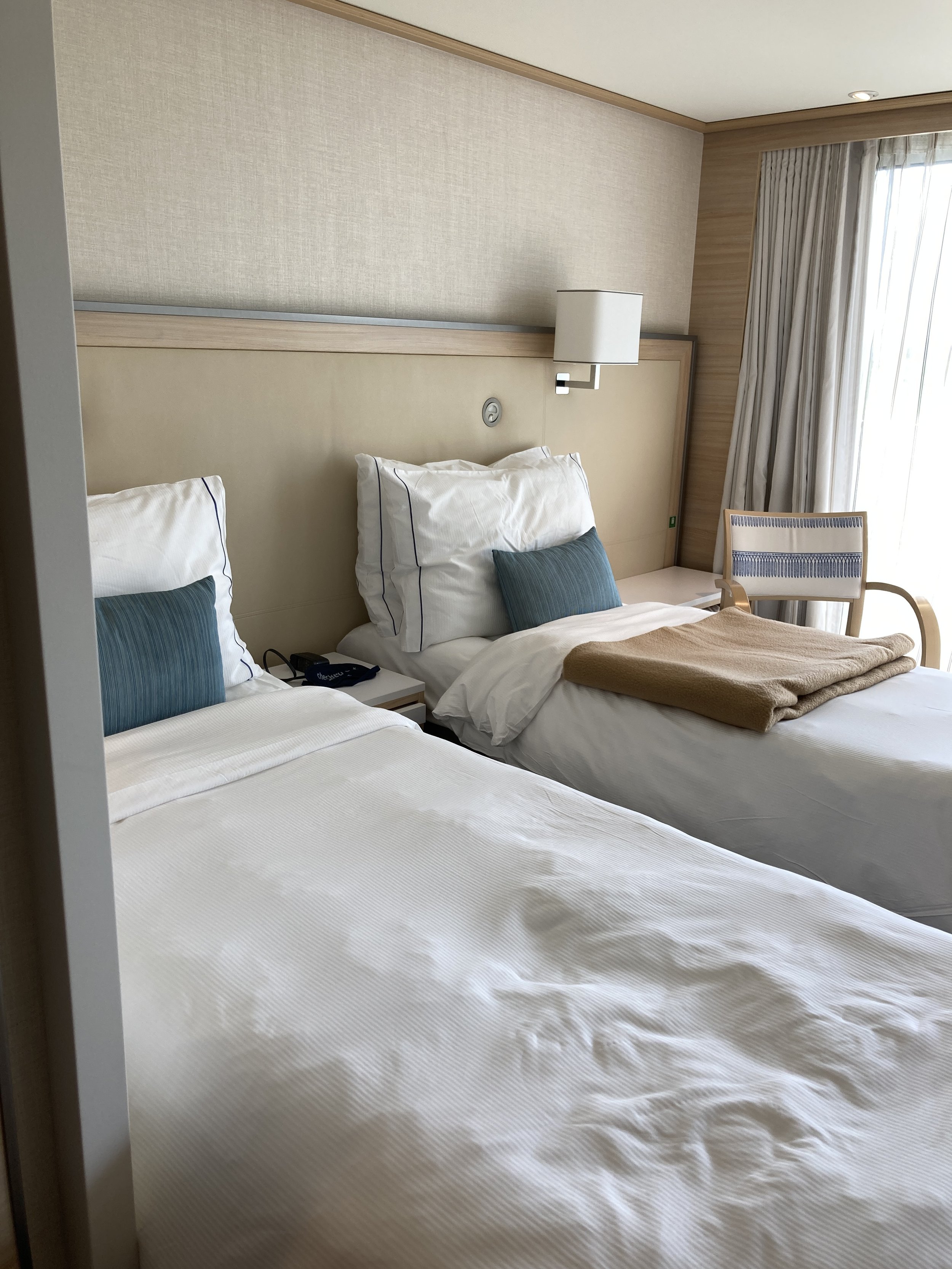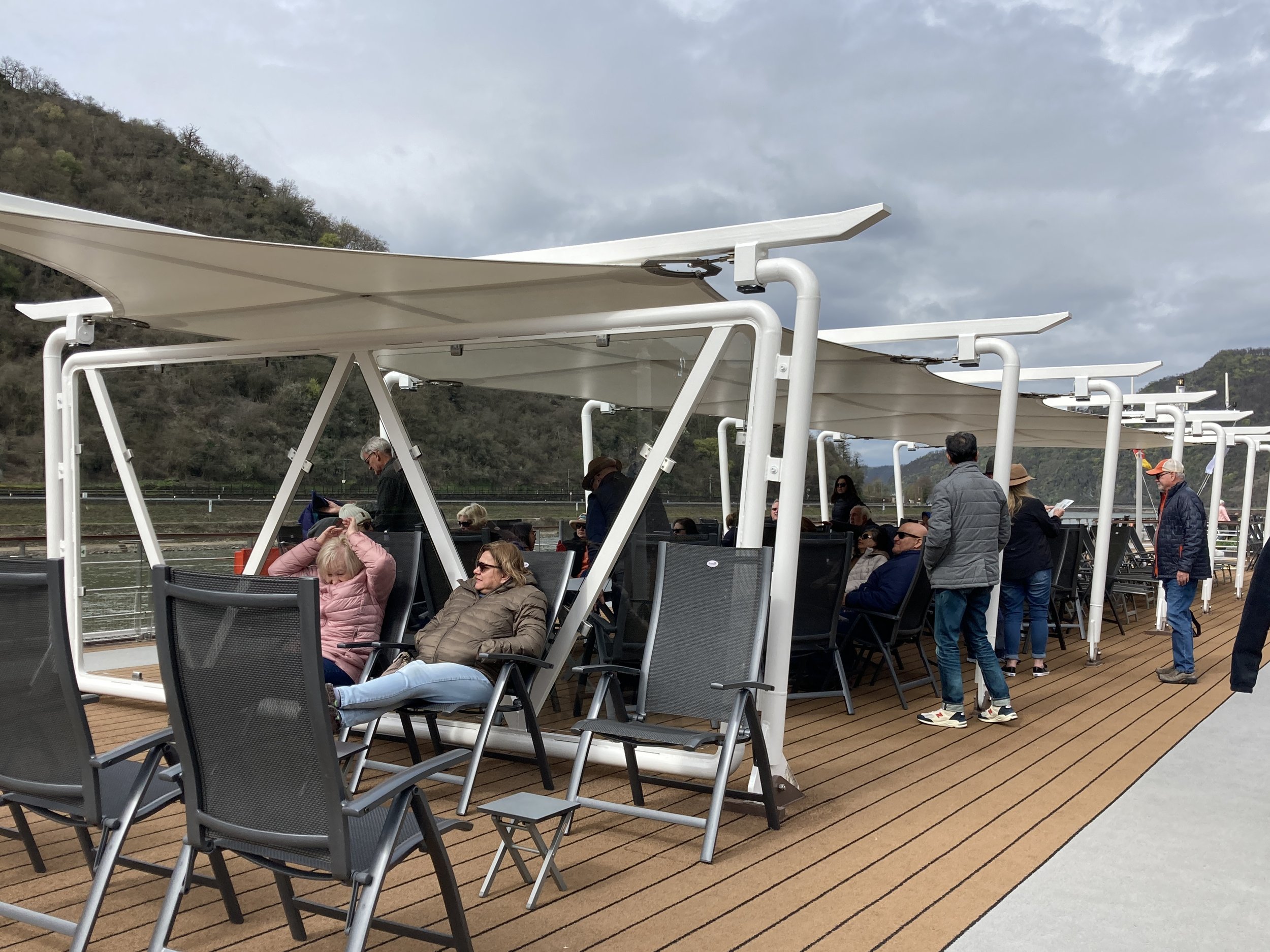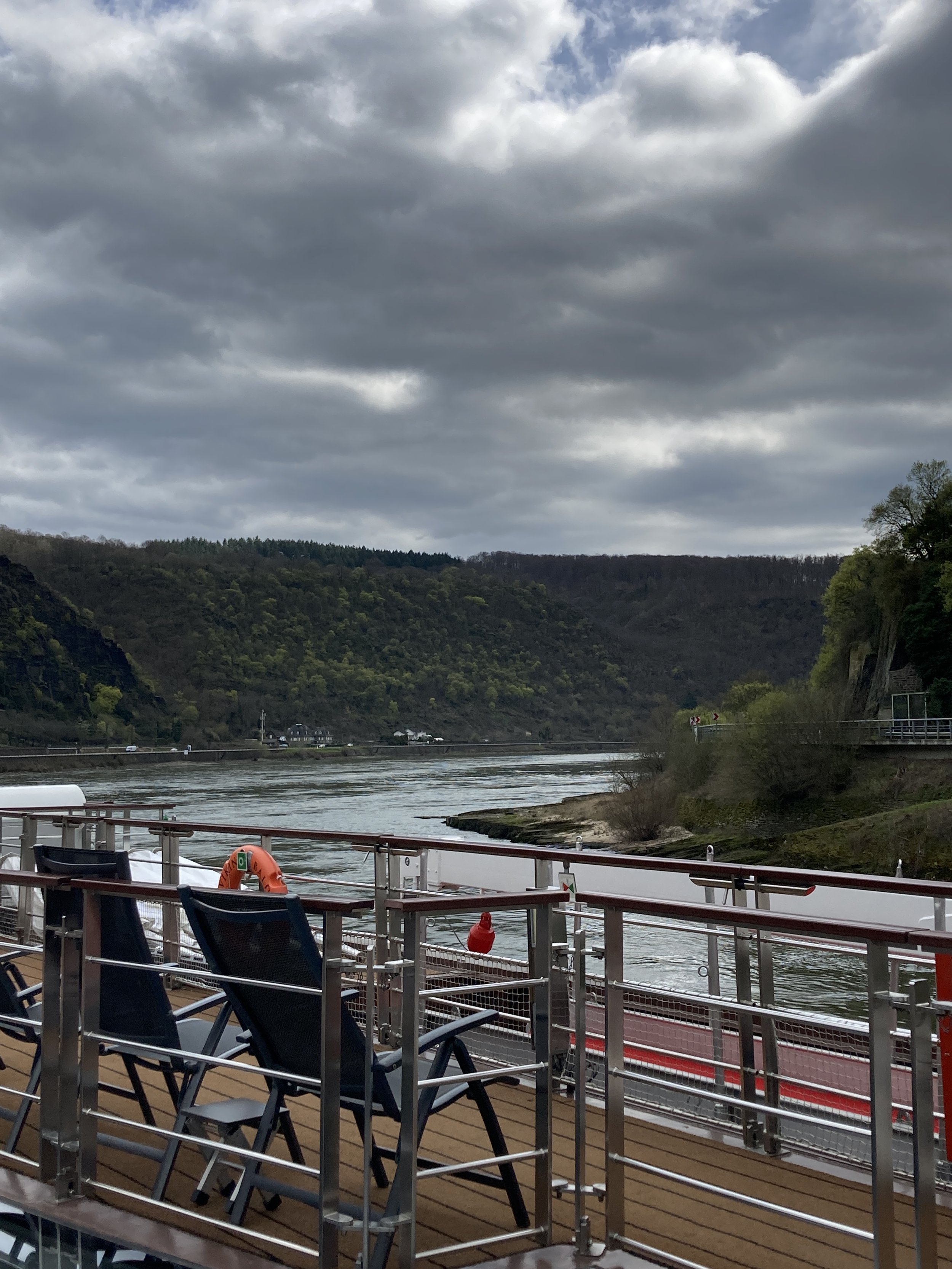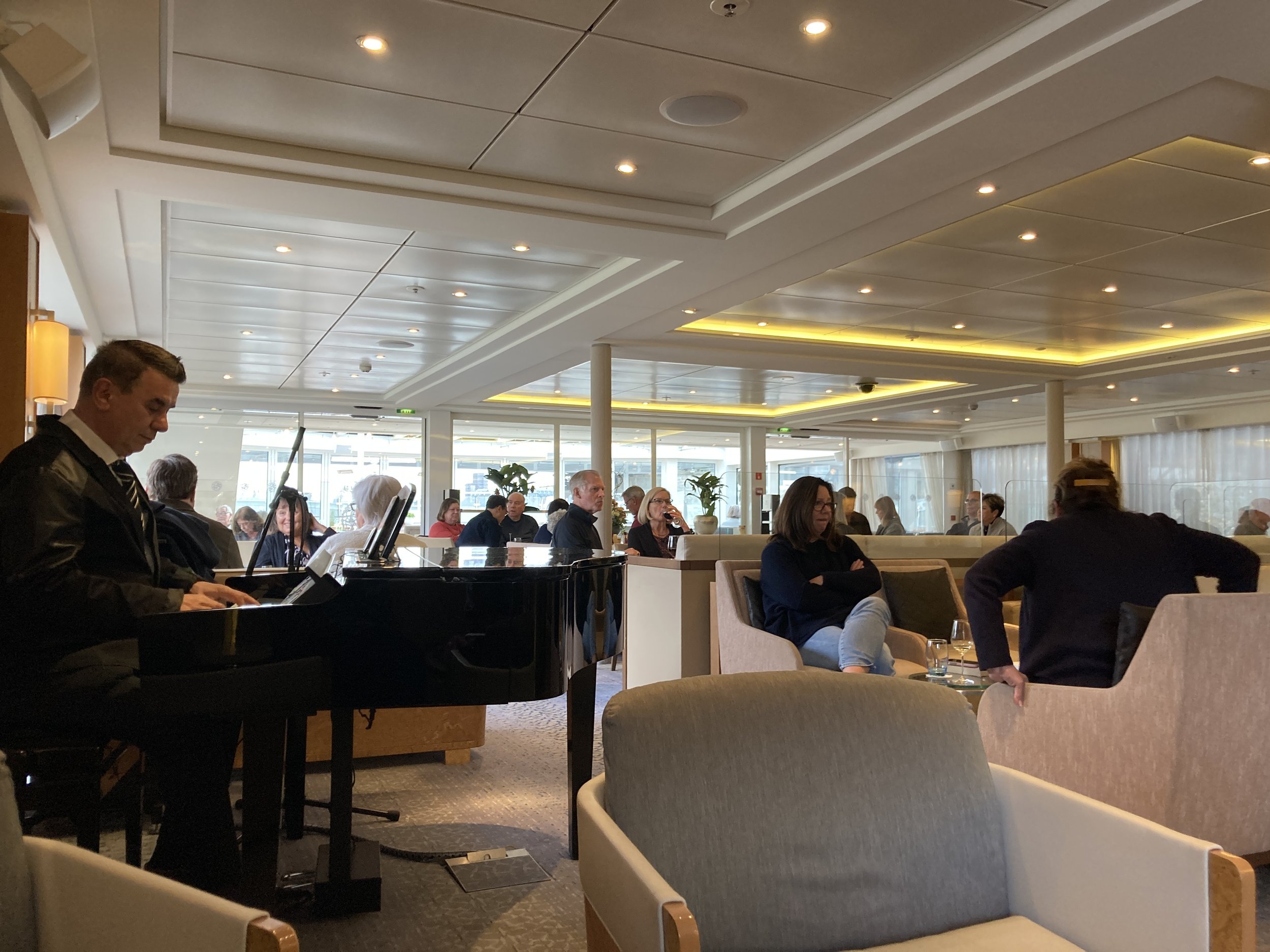The Enchanting Town of Colmar
A year ago, in spring of 2023, I made an all too brief stop in the enchanting town of Colmar, France. The stop was a half-day excursion as part of a Rhine river cruise. While the visit was not long enough to experience all that Colmar has to offer, it did allow me to get a glimpse into the city’s history, culture, and beauty. And, as so often happens on a river cruise, it showed me that this is a place deserving of a longer visit in the future.
Colmar is part of the Alsace region of France, just across the border from Germany. It has a blend of German and French style in its architecture, culture, and cuisine. It also has a interesting history – from its medieval old town to the WWII battles that took place here. History buffs may know that Audie Murphy earned his Medal of Honor in the Colmar battle and there is a memorial to his efforts nearby.
Some highlights from my short visit to Colmar:
Storks have been nesting in this region for centuries as part of their migration pattern from Africa. They build nests at high points in the city – tree tops, roofs, and church towers. They are considered good luck (as well as fertility symbols). Storks are everywhere in Colmar – the real ones, toy ones, and even chocolate storks!
Half-timbered houses are a prominent feature of the historic old town. This can be explained by the fact the nearby forests provided plenty of wood for building. The old-world homes are colorful and give the old town its unique style.
One area of the medieval old town is called “Little Venice” because of its canals. The canals are lined with pretty houses, small bridges, and pretty trees.
Colmar is one of the prettiest towns I have visited along the Rhine. The old town is atmospheric and charming (even on the rainy day of my visit).
Parks host carousels, families, and storks. Small squares throughout the city are filled with flowers and trees and ringed with cafes and shops. And many of those shops display wonderful foods – German style pretzels and French pates and meat pies along with Alsatian wines – such a great combination of flavors!
The Medieval architecture is wonderful but so are some of the newer (yet still old) buildings. Steepled churches, apartments blocks with curves and turrets, iron balconies, and interesting rooflines dot the city.
One of my favorite things are the ornate metal-work signs outside the shops. They are fun and artistic representations of the businesses they promote.
The sculptor of the Statue of Liberty, Auguste Bartholdi, was from Colmar. A small replica of the statue can be seen when you enter town from the highway (but we drove by too quickly to get a photo).
The visit may have been brief, and rainy, but it was a wonderful introduction to this charming town.


